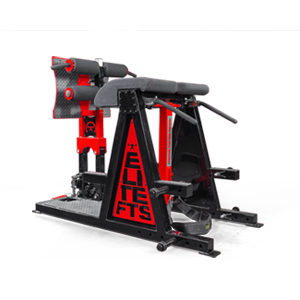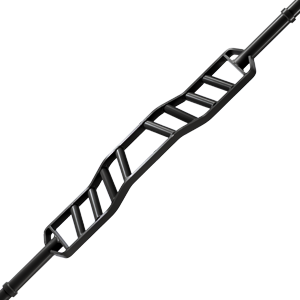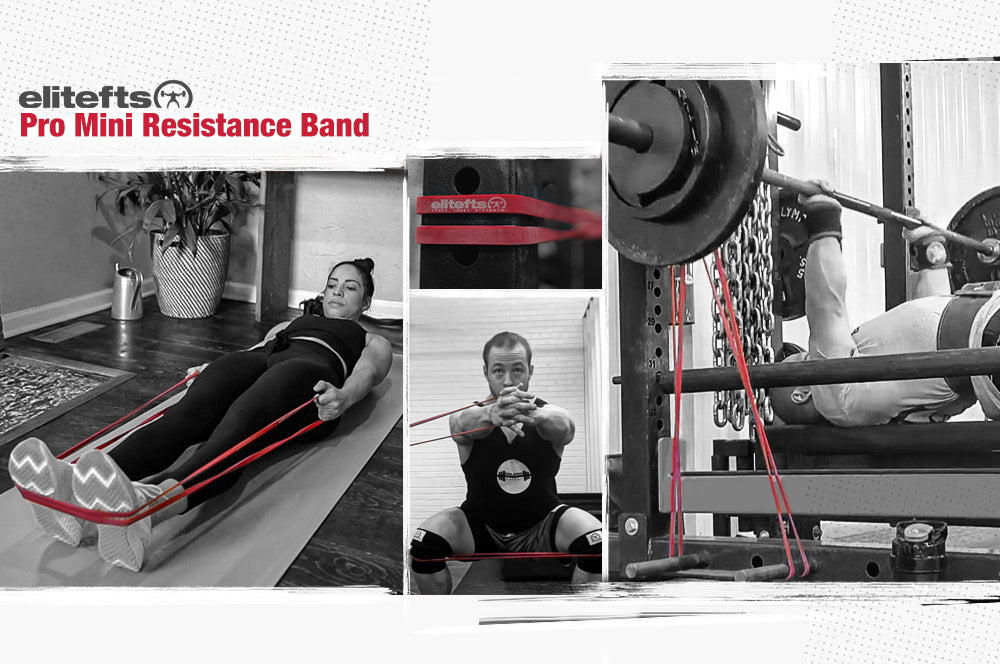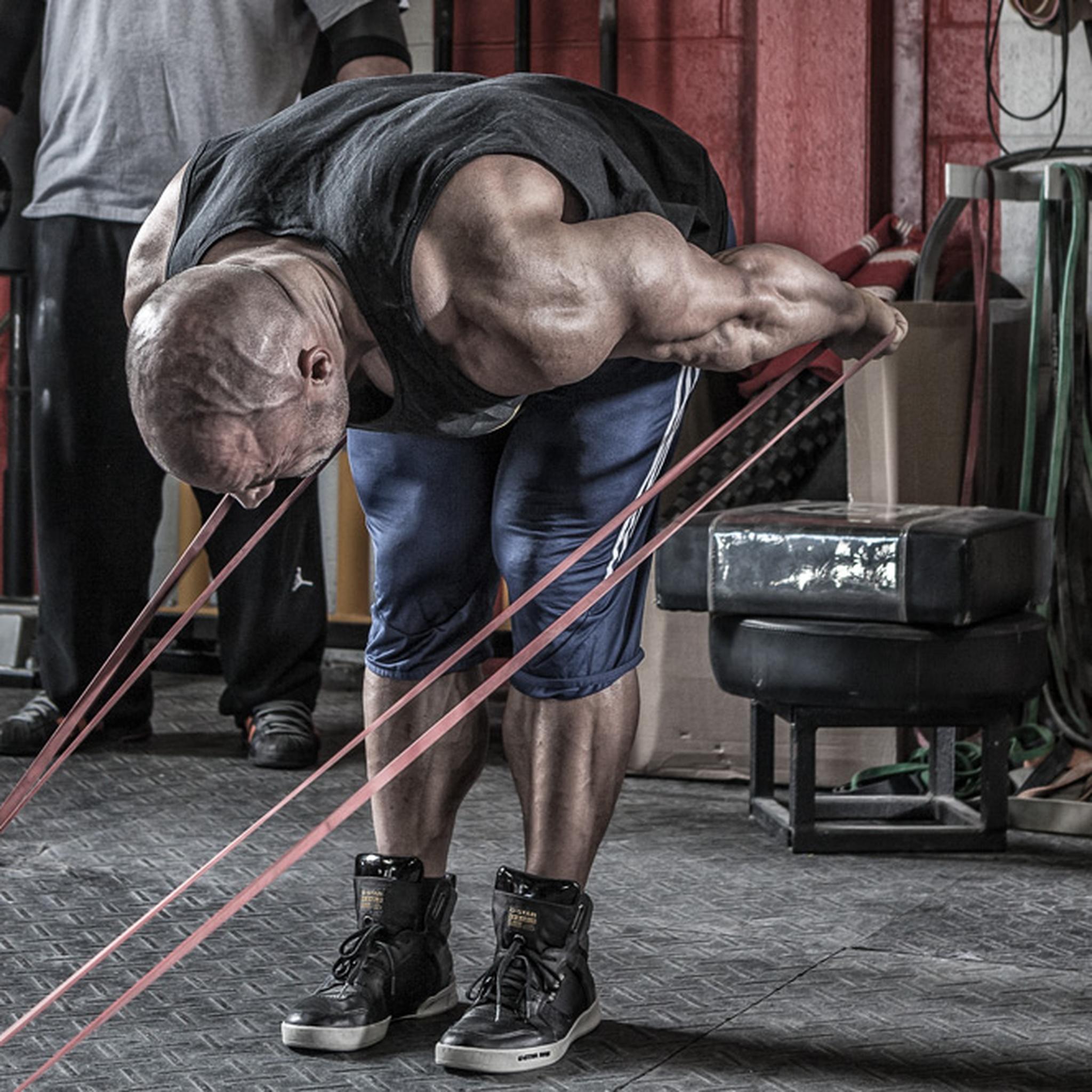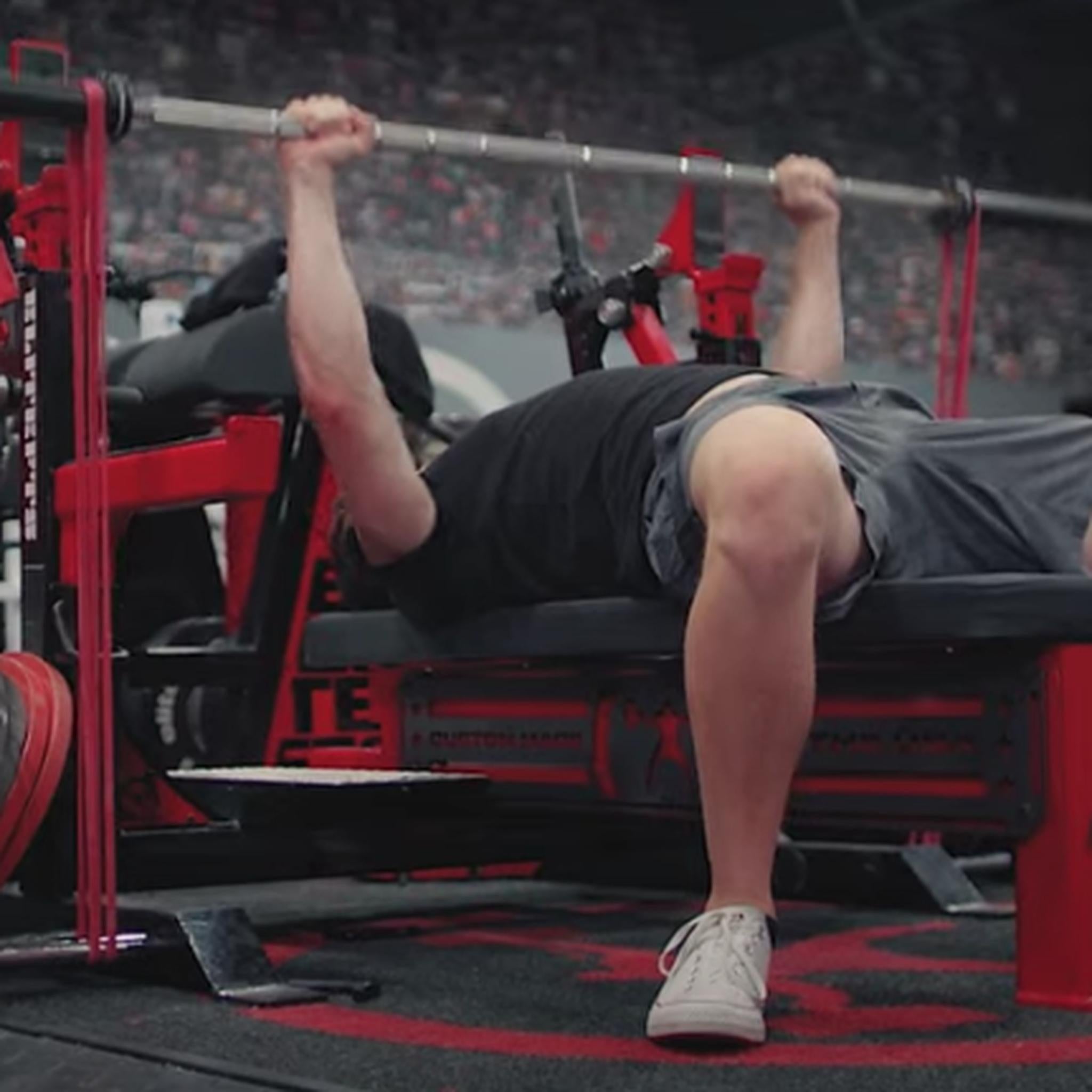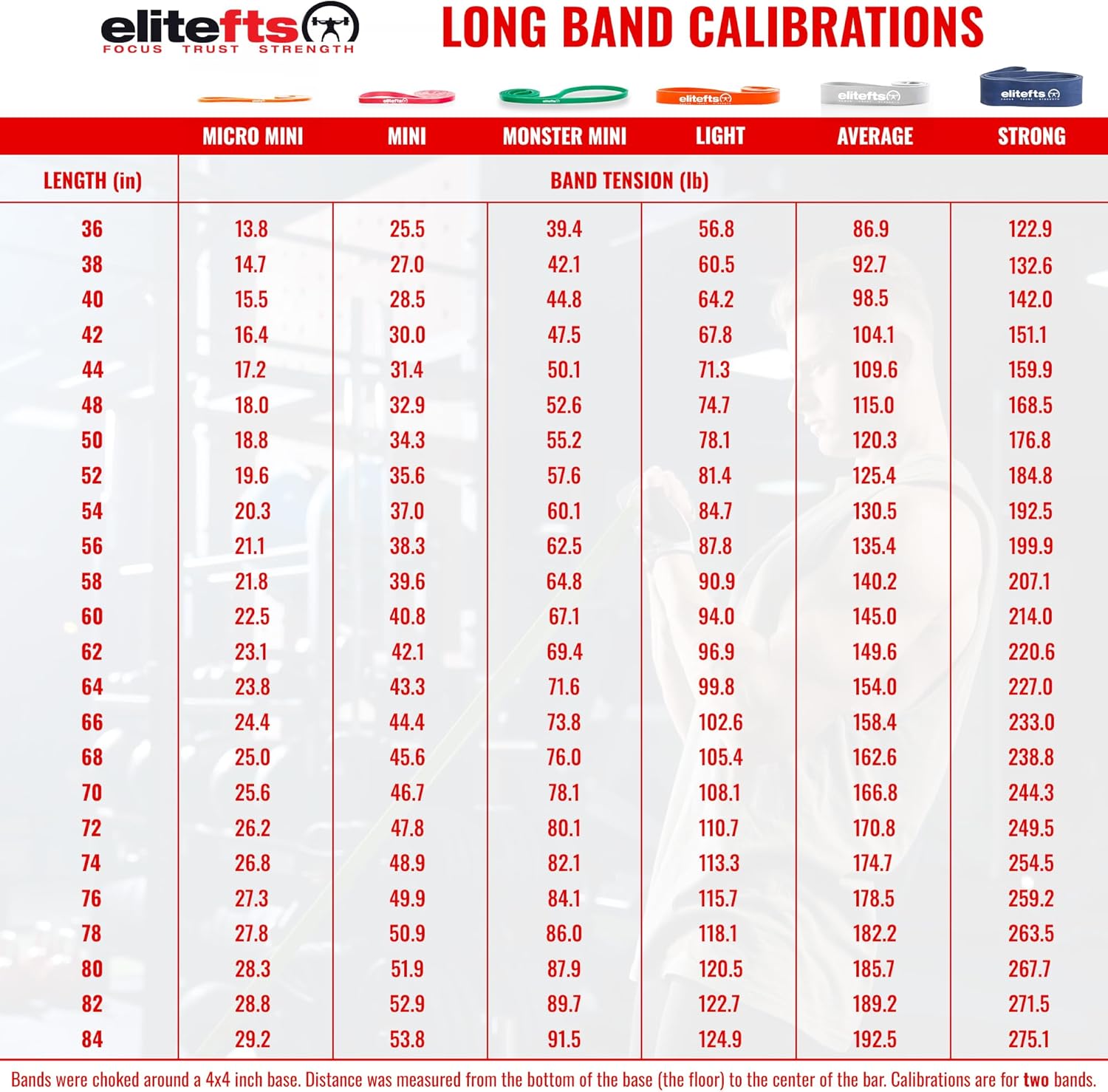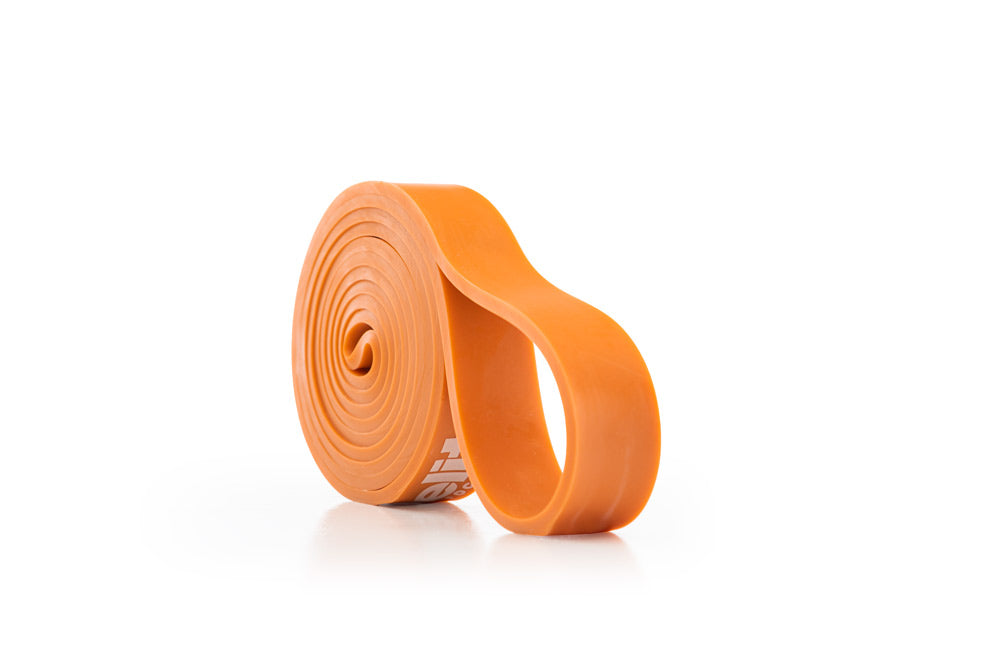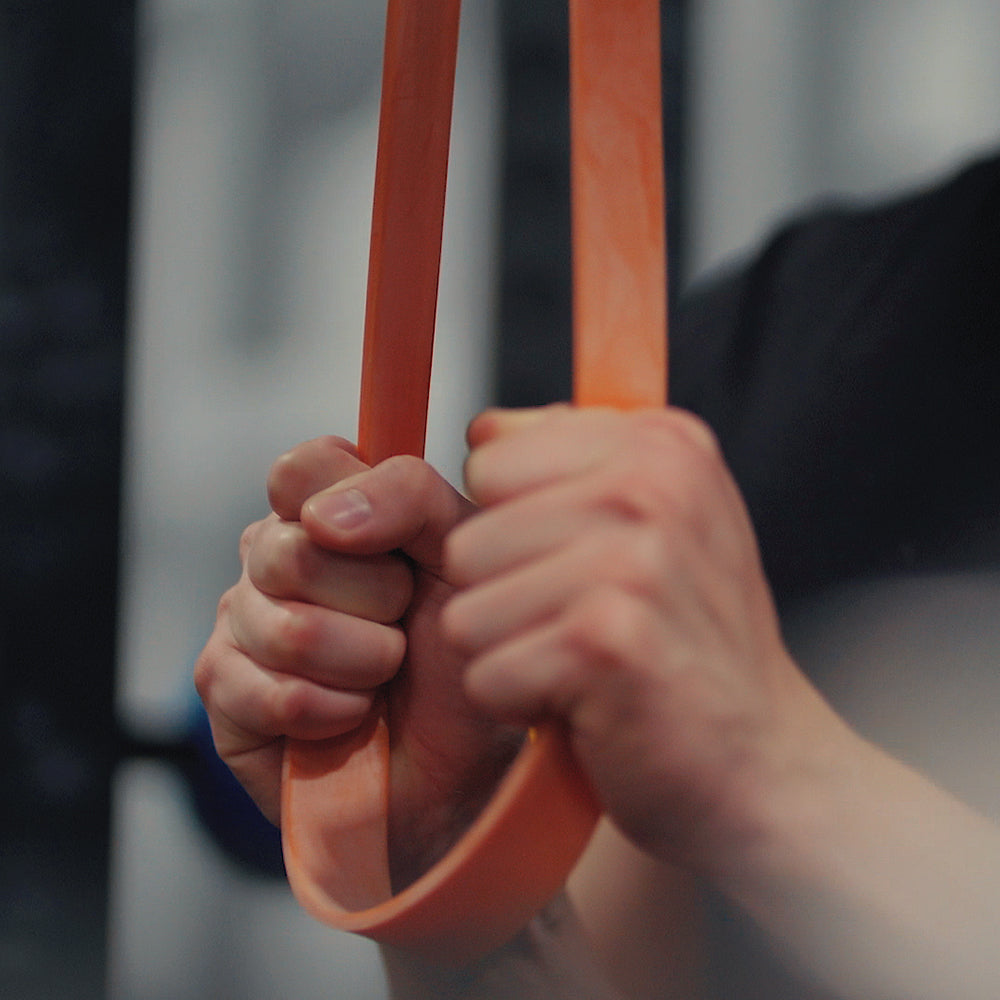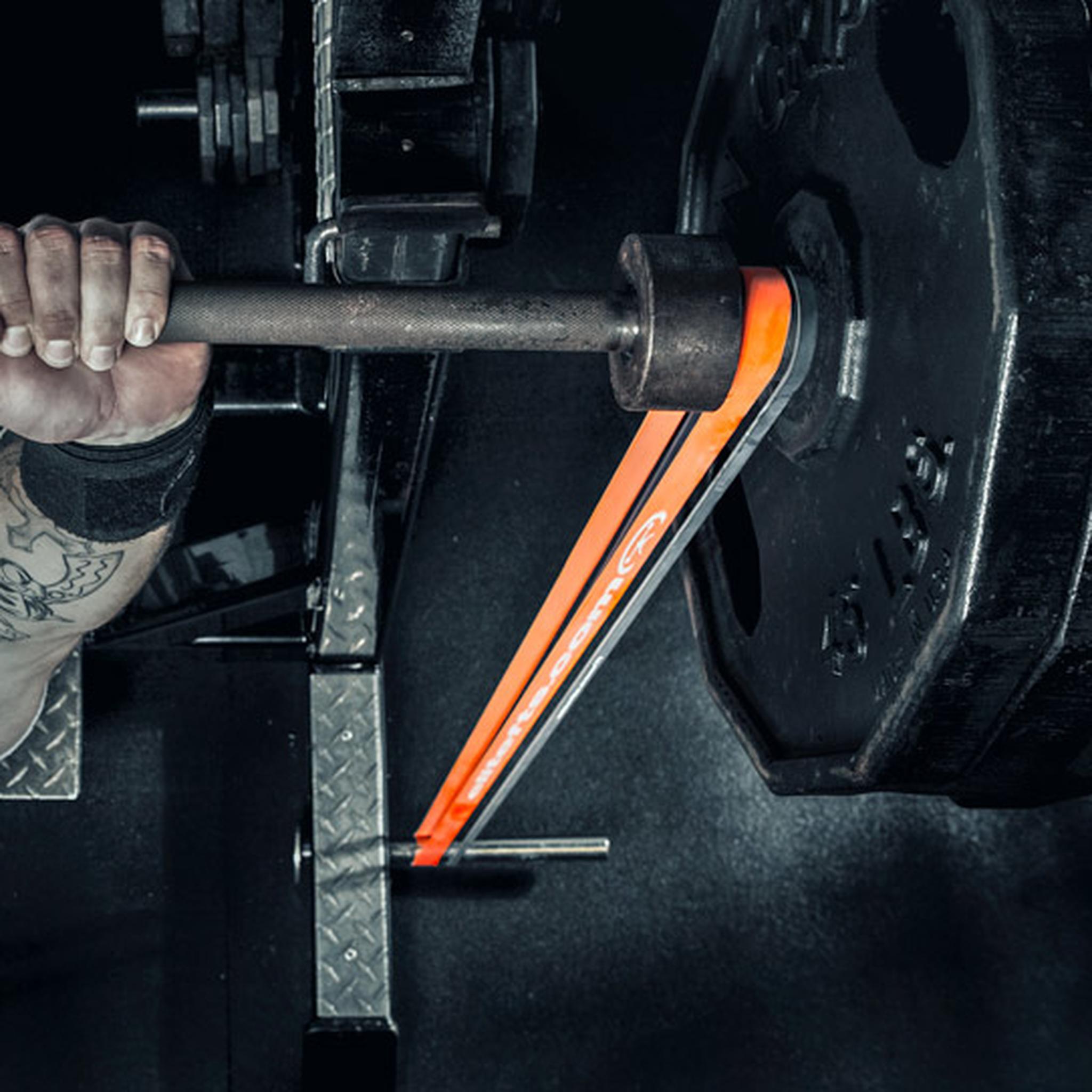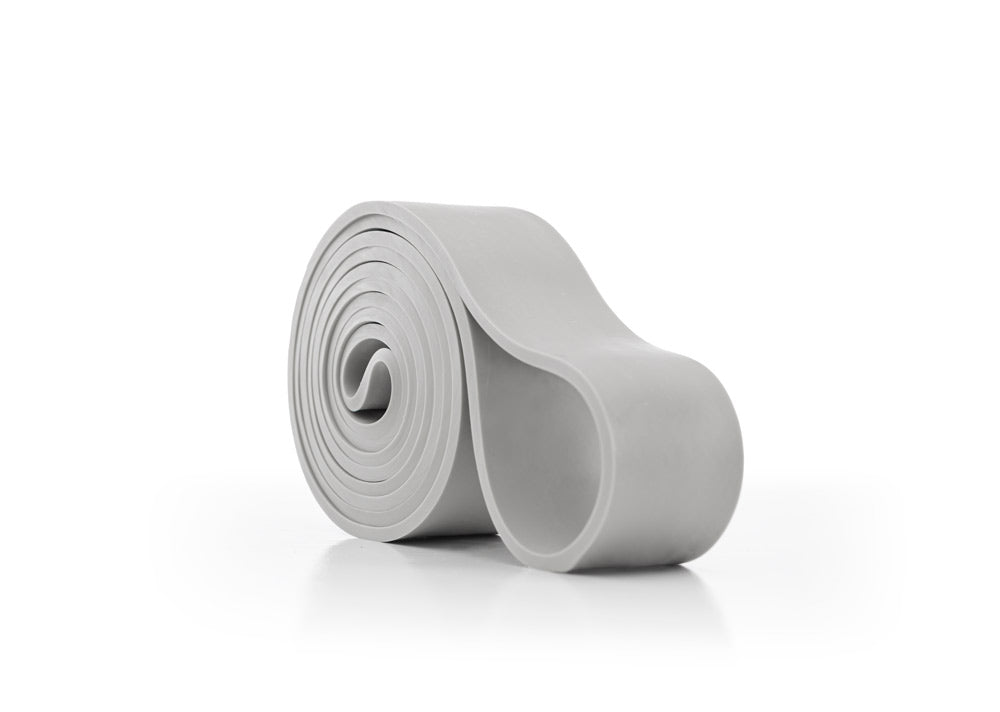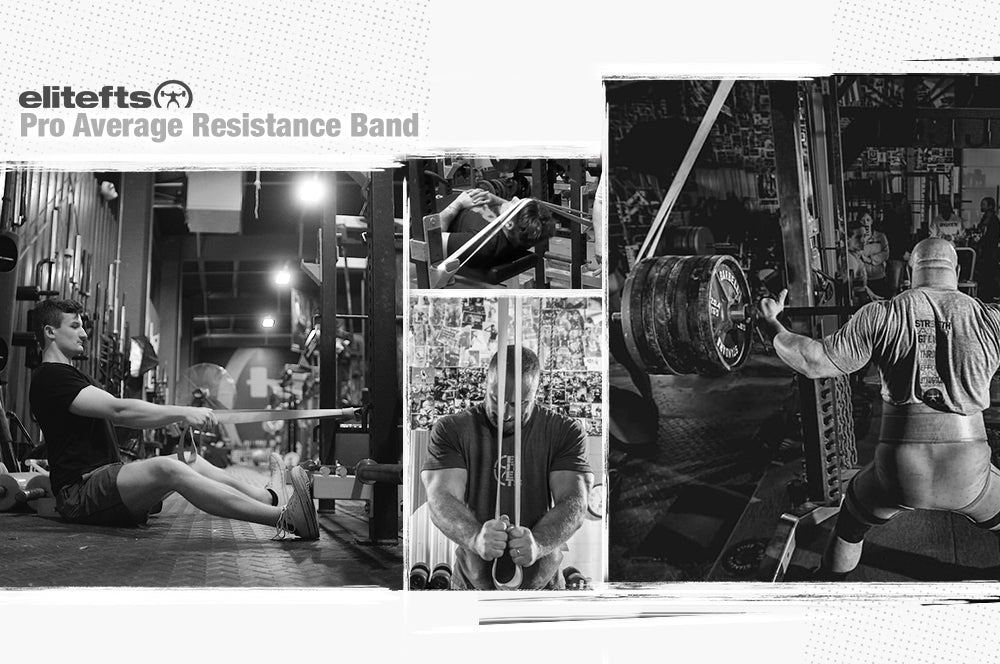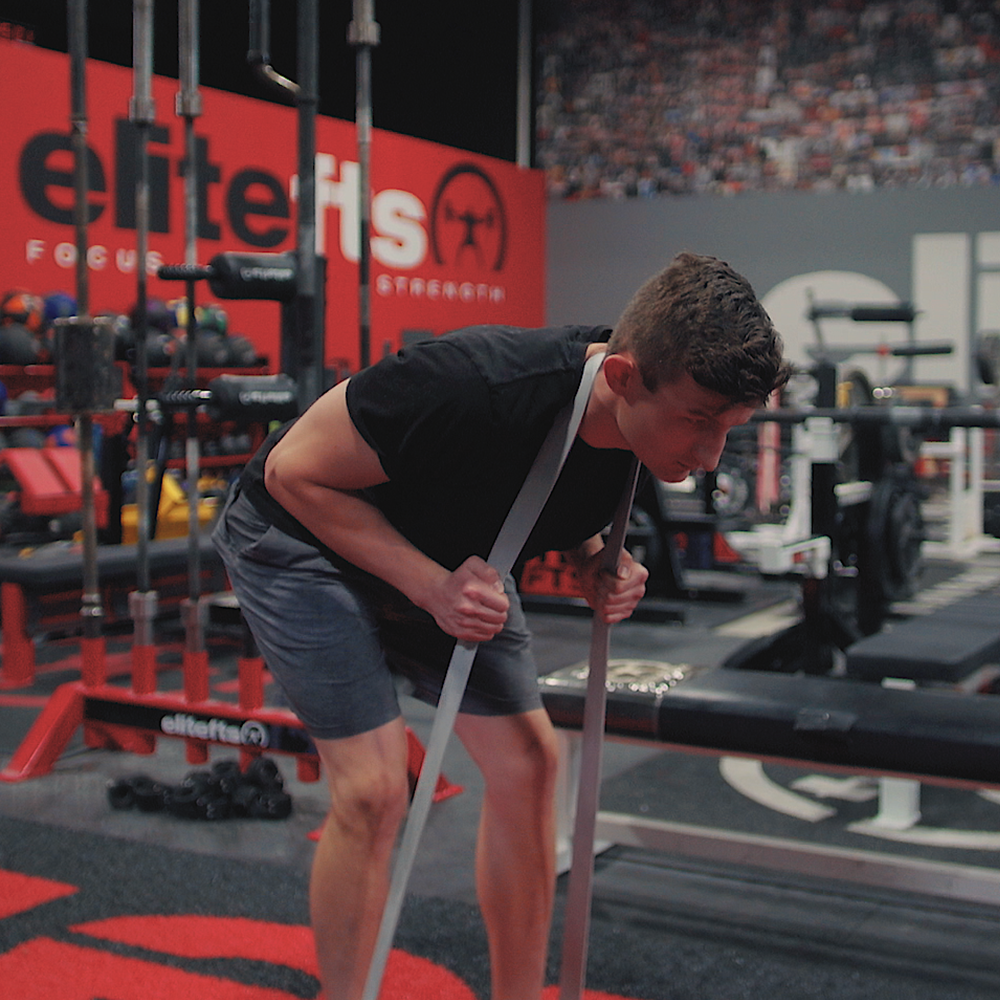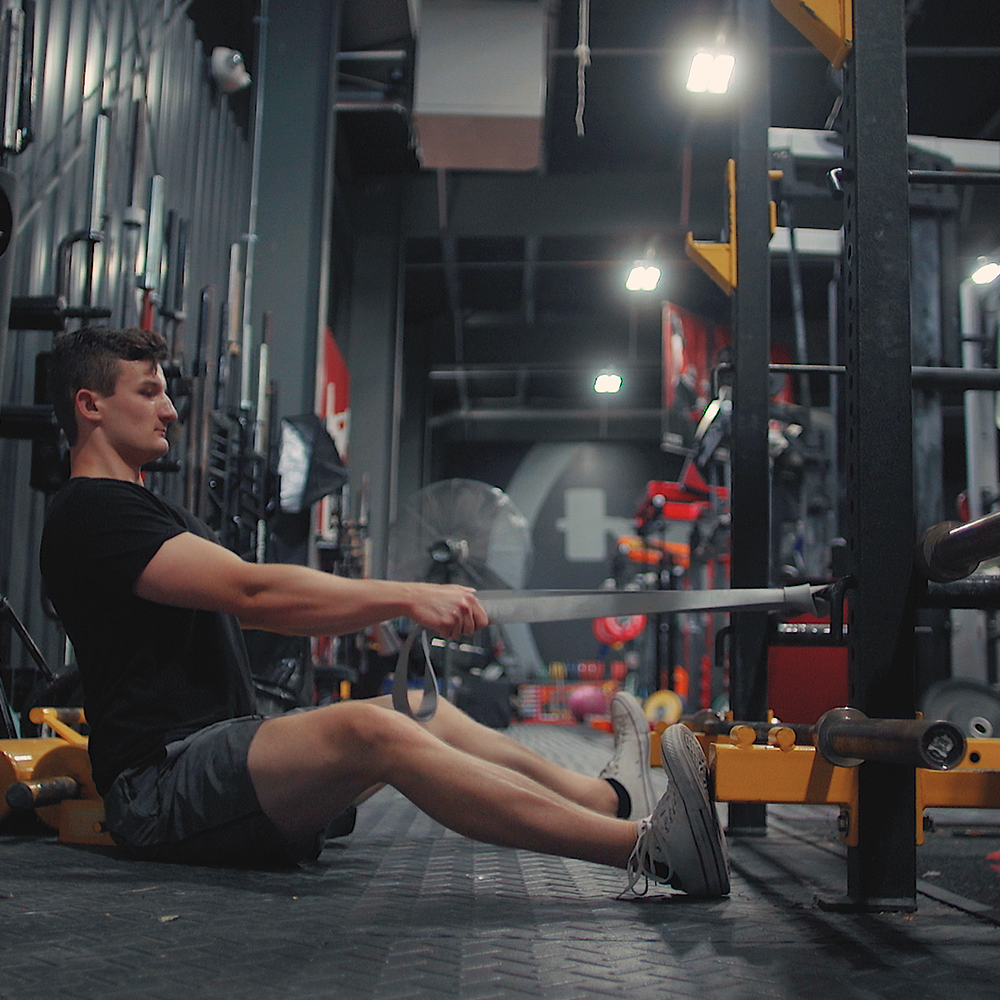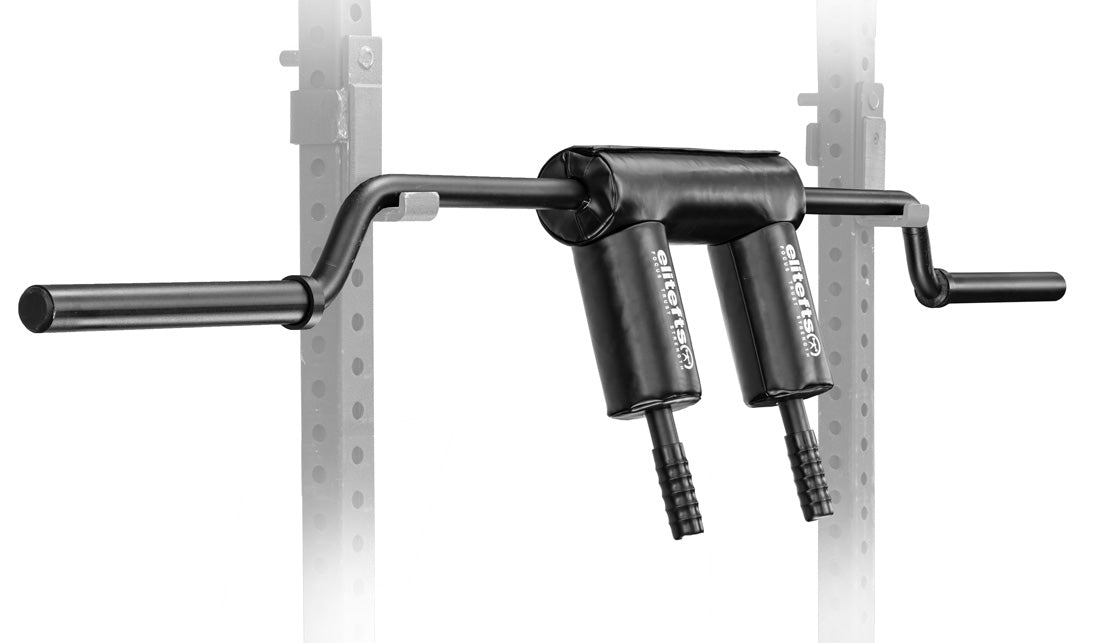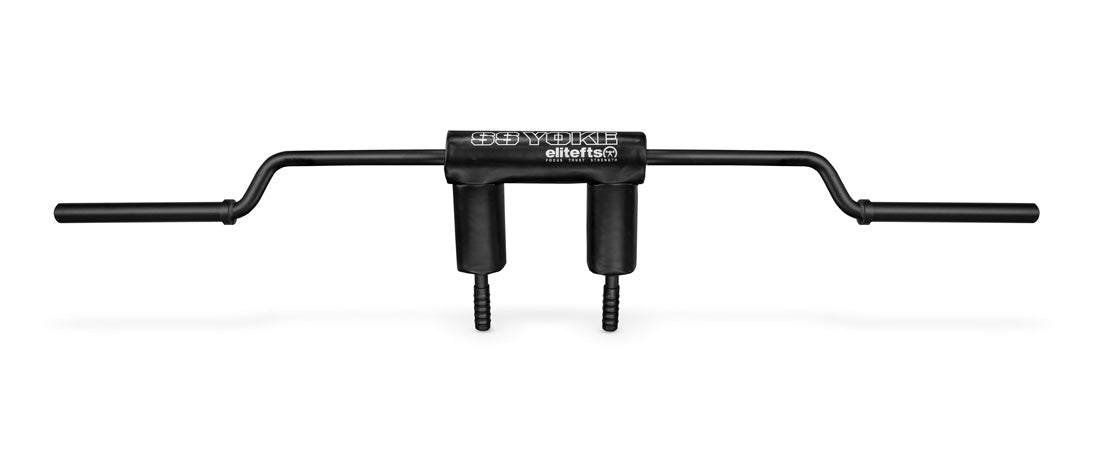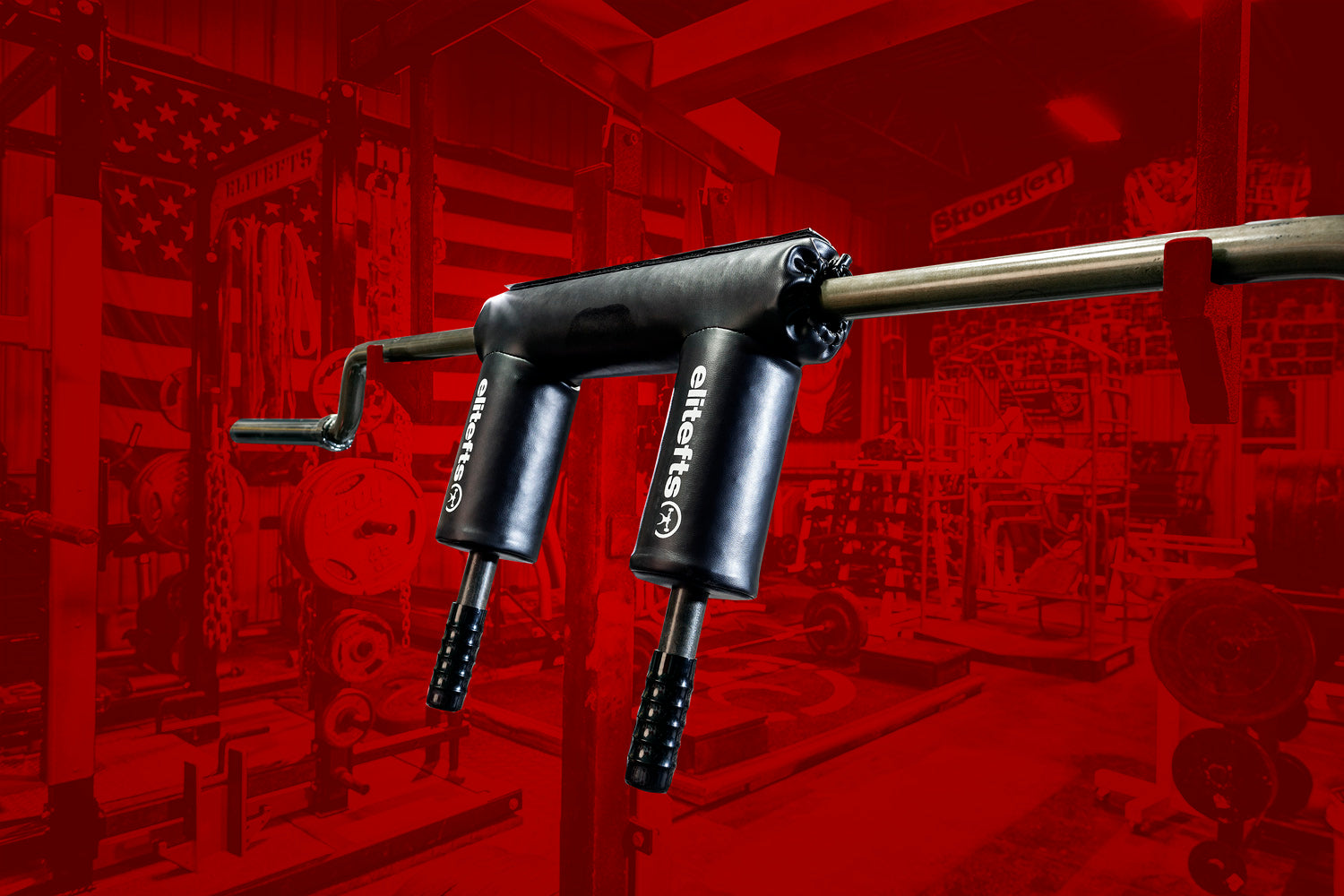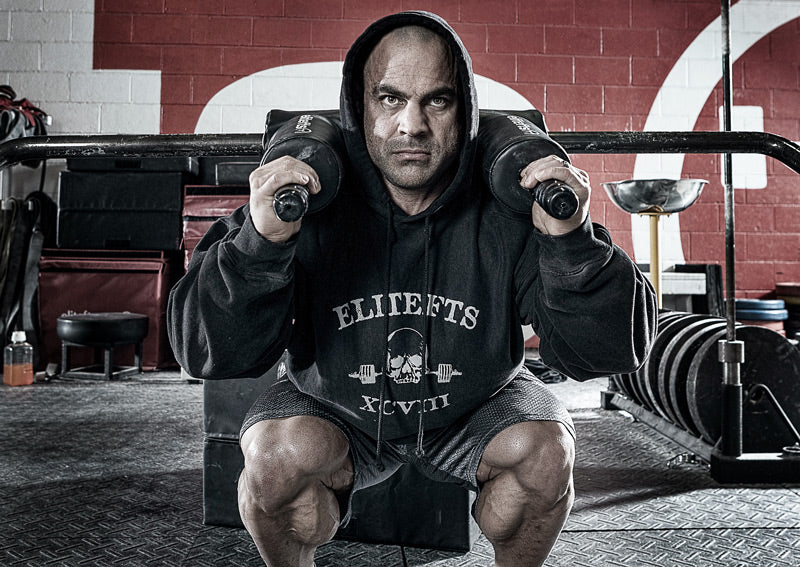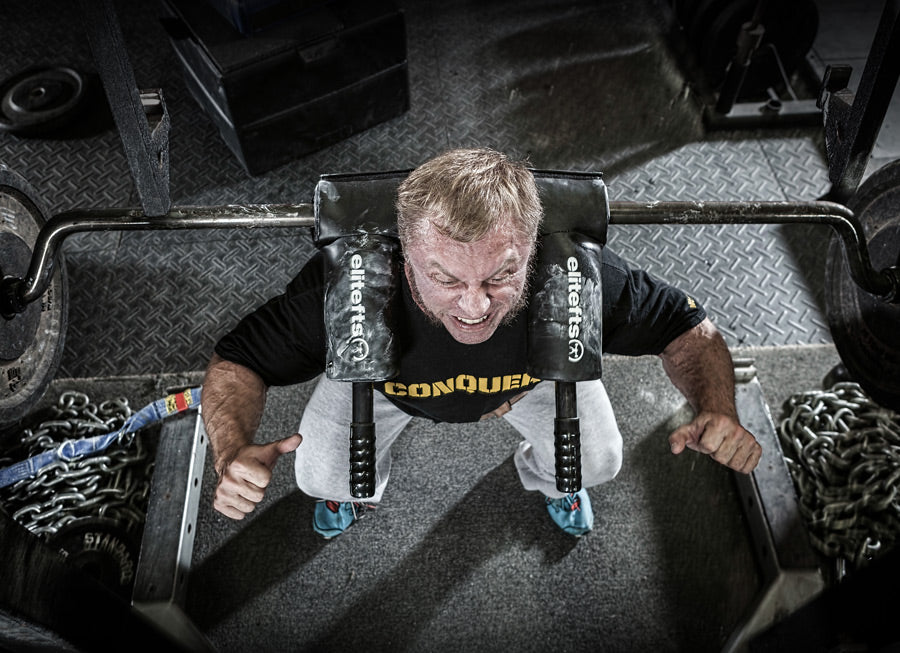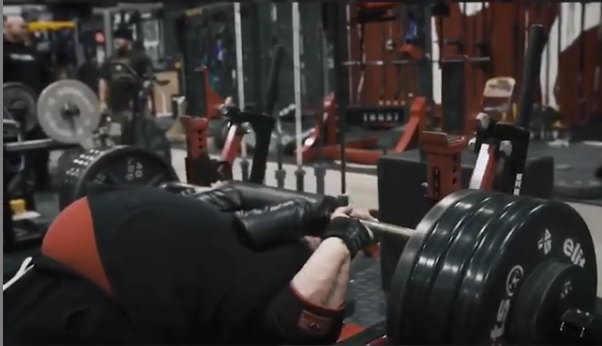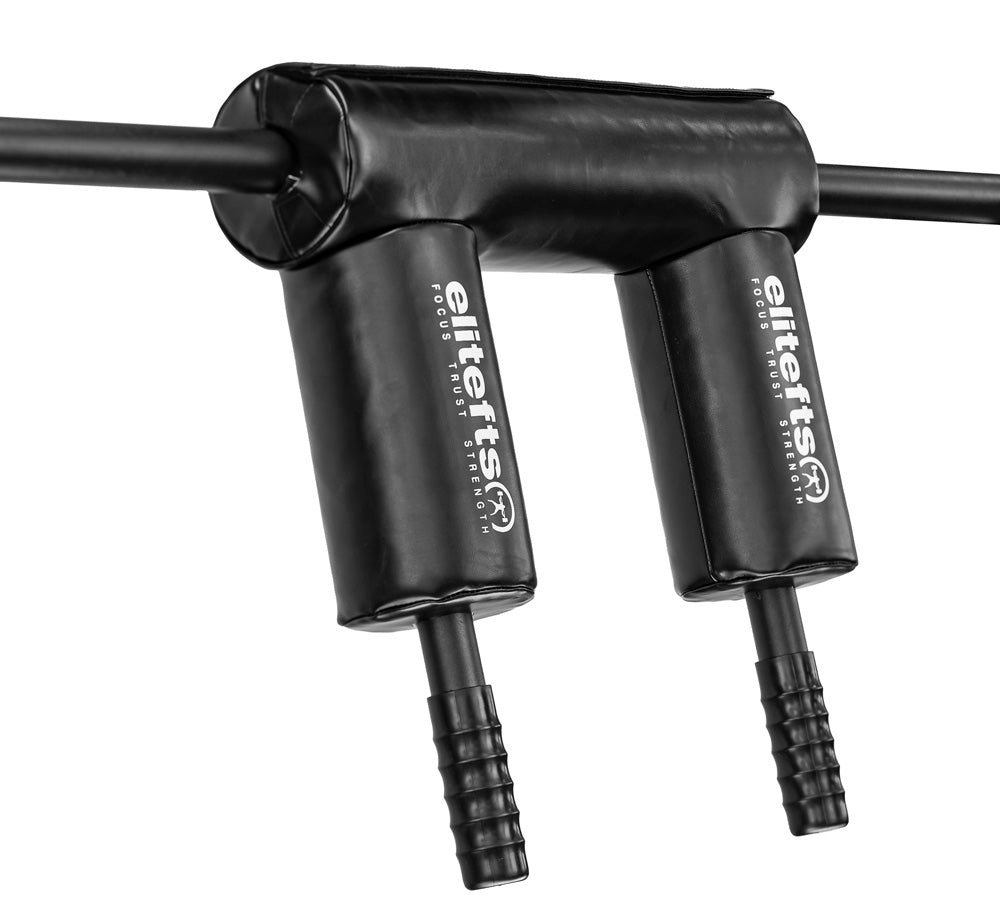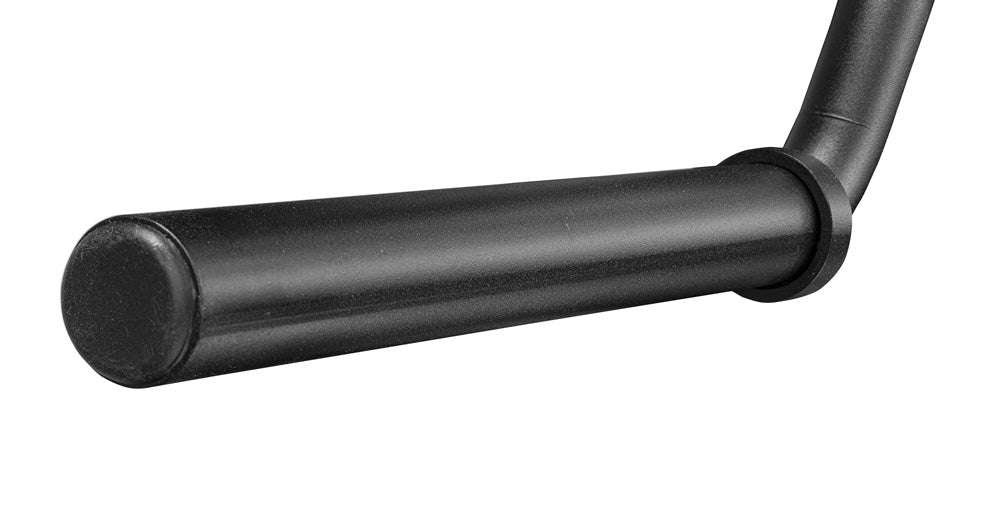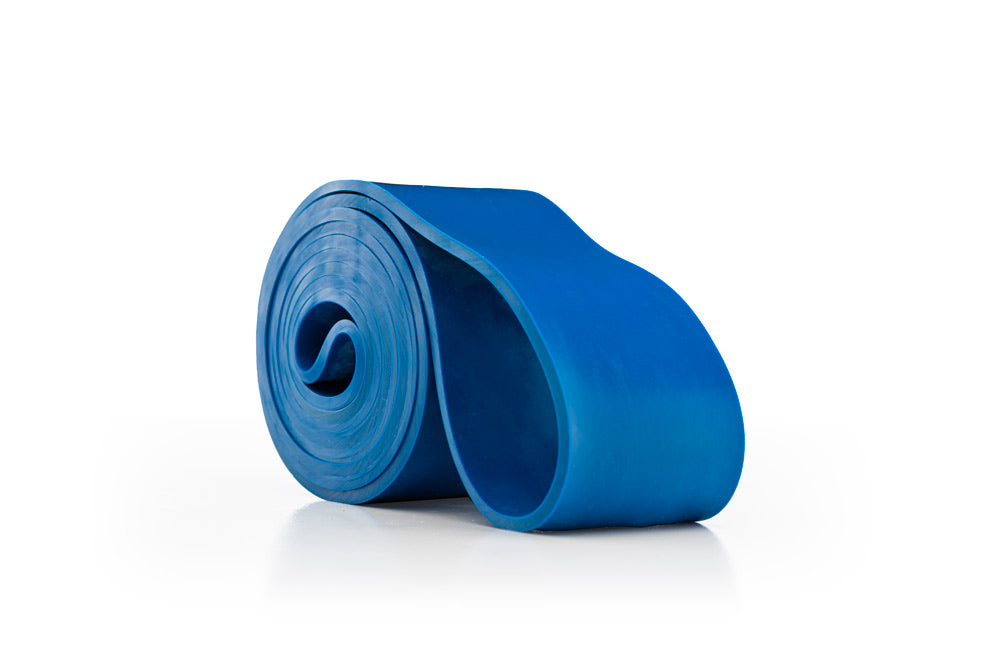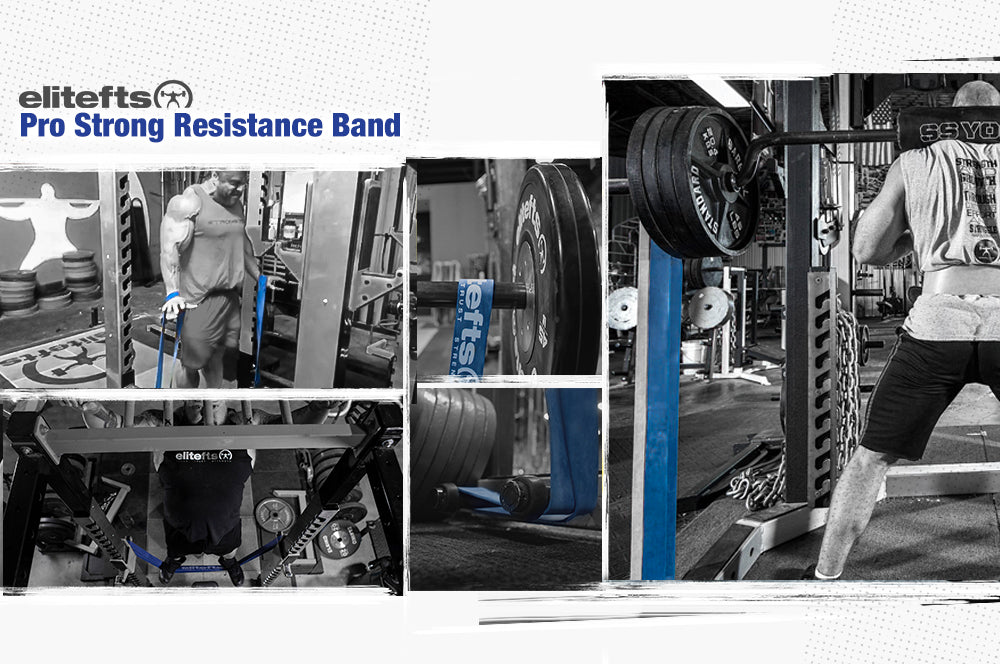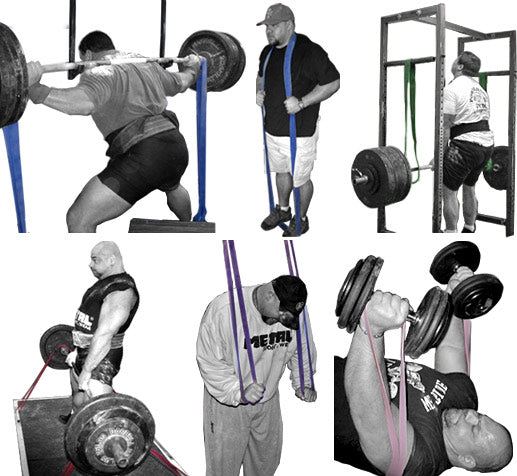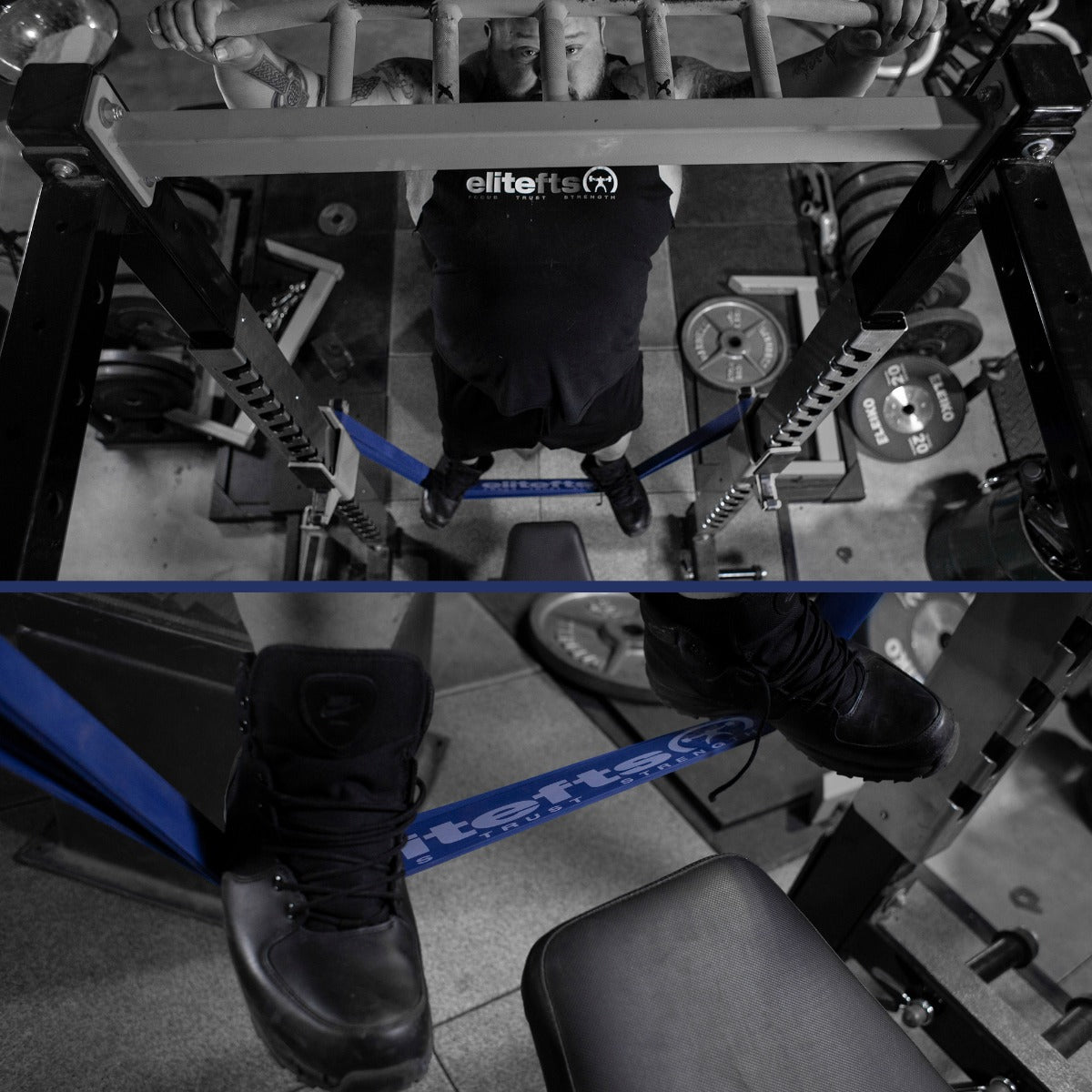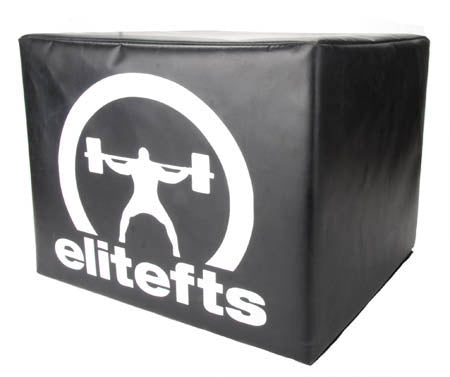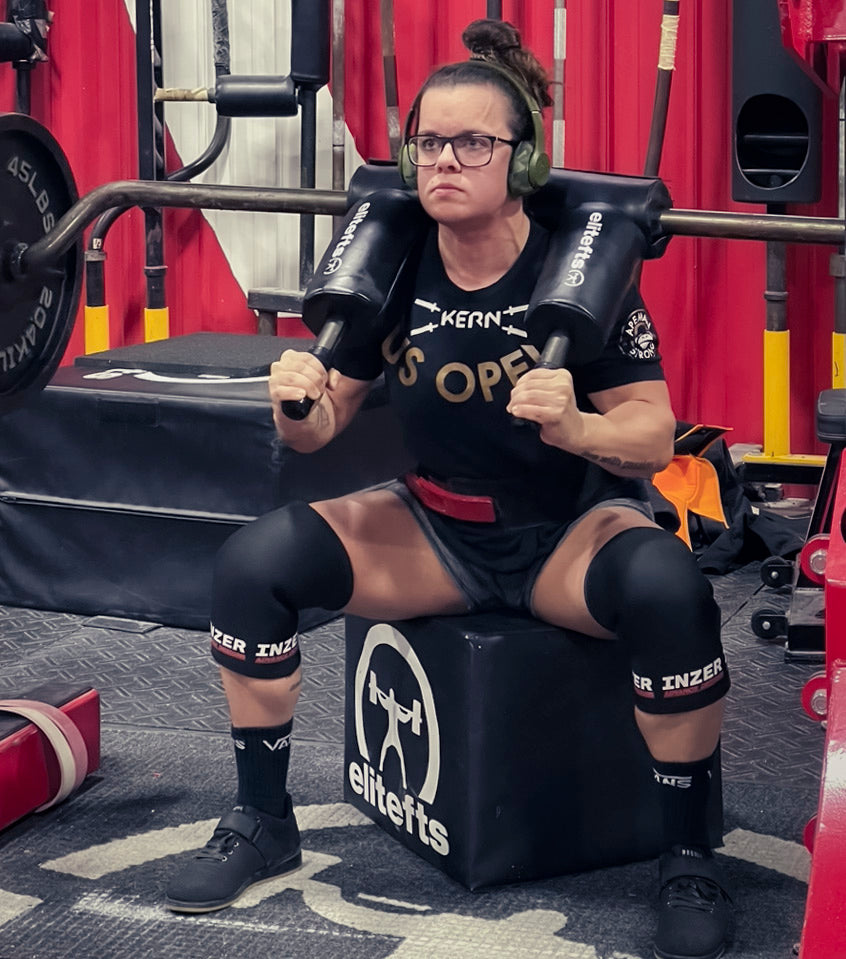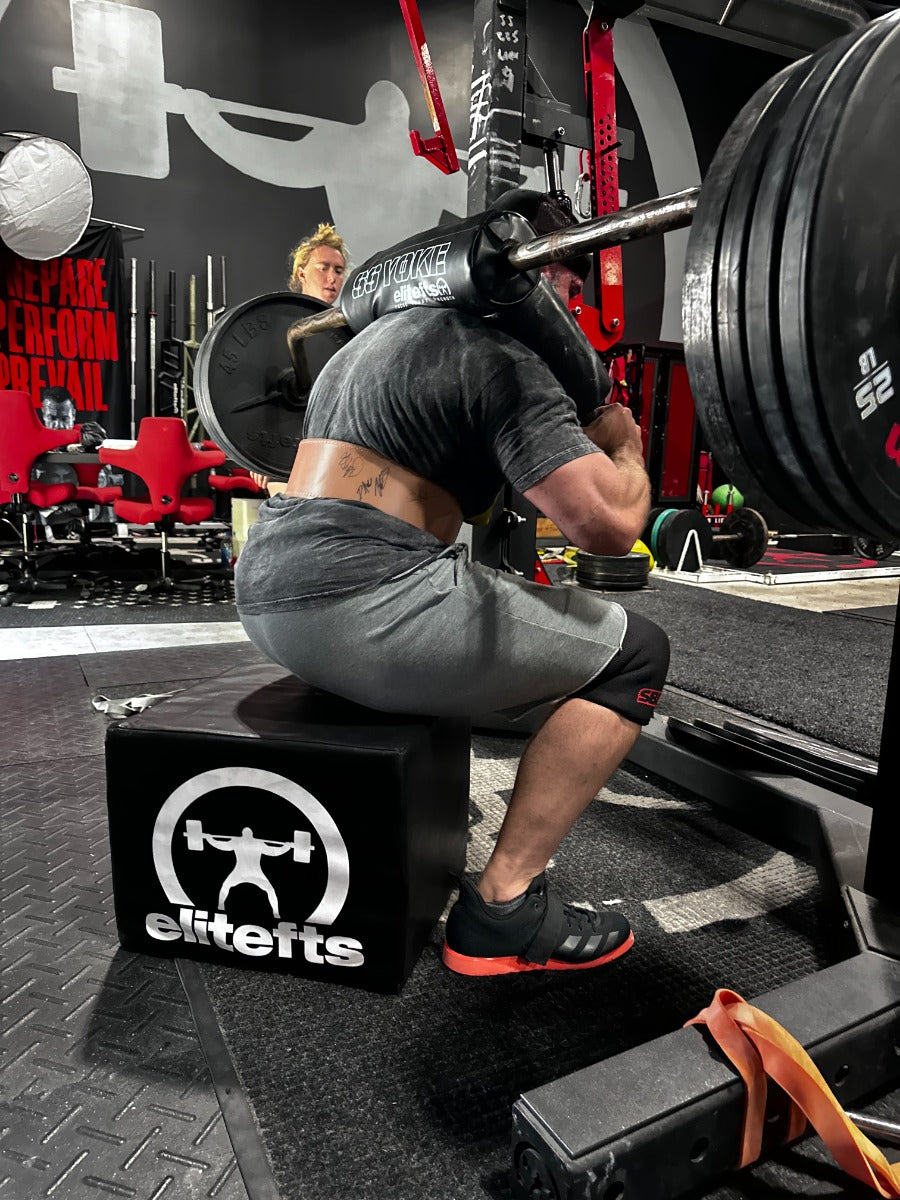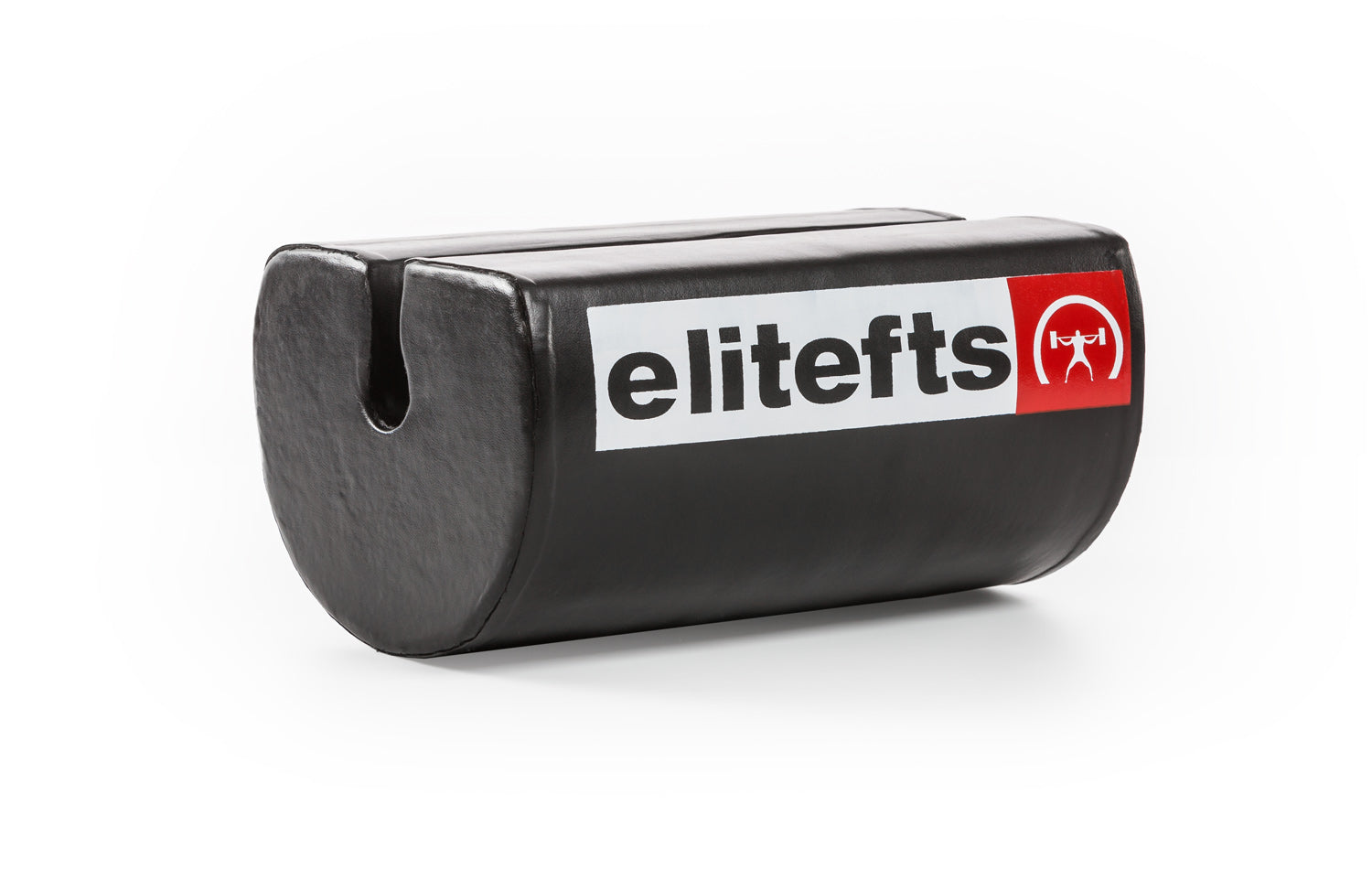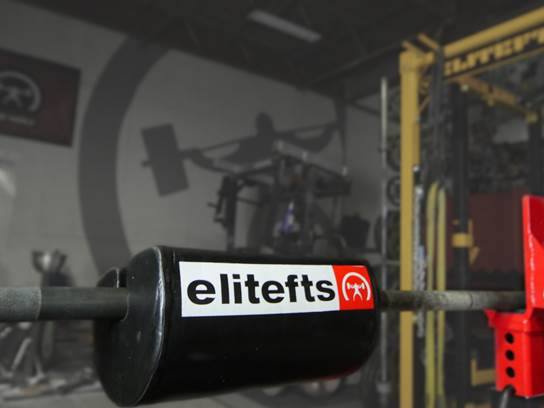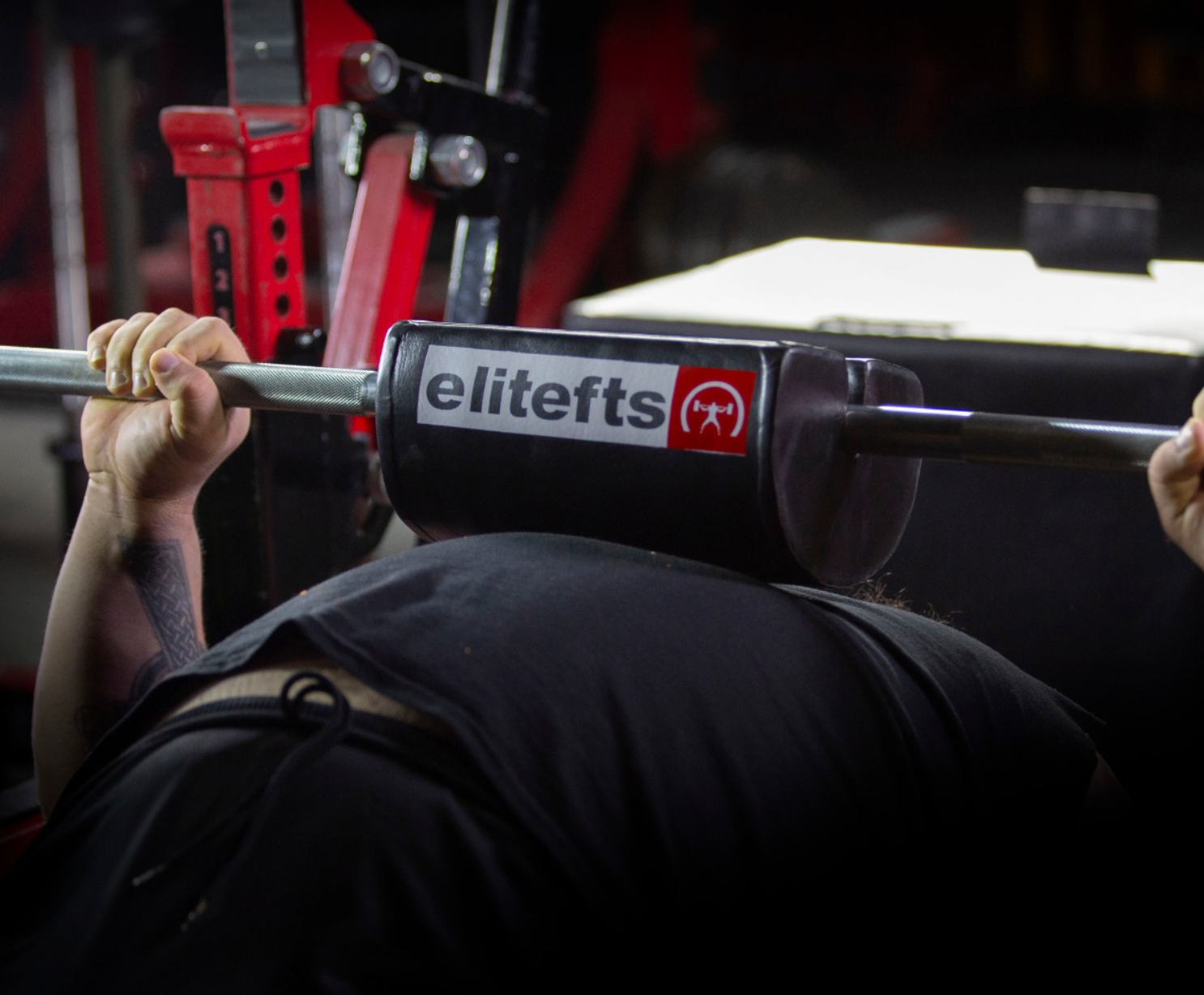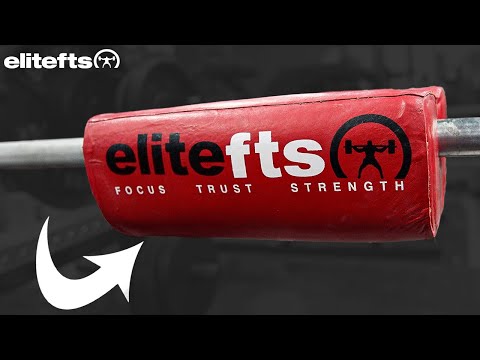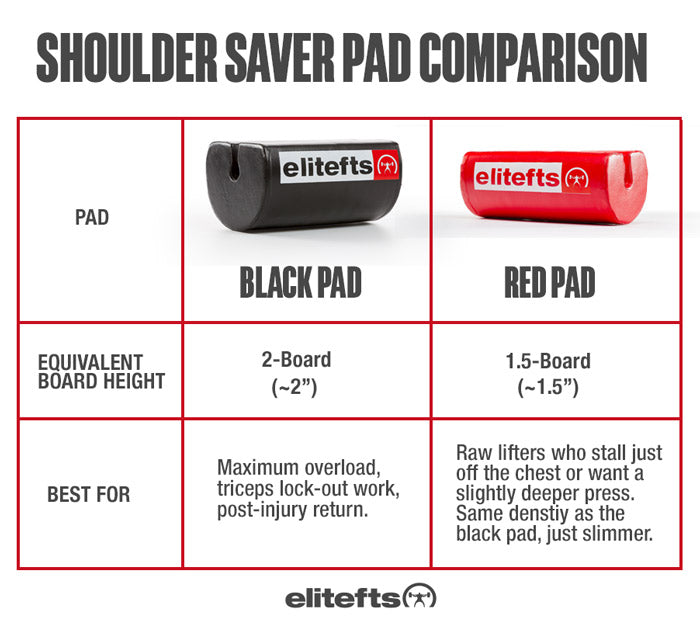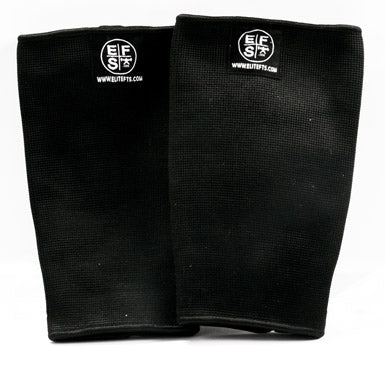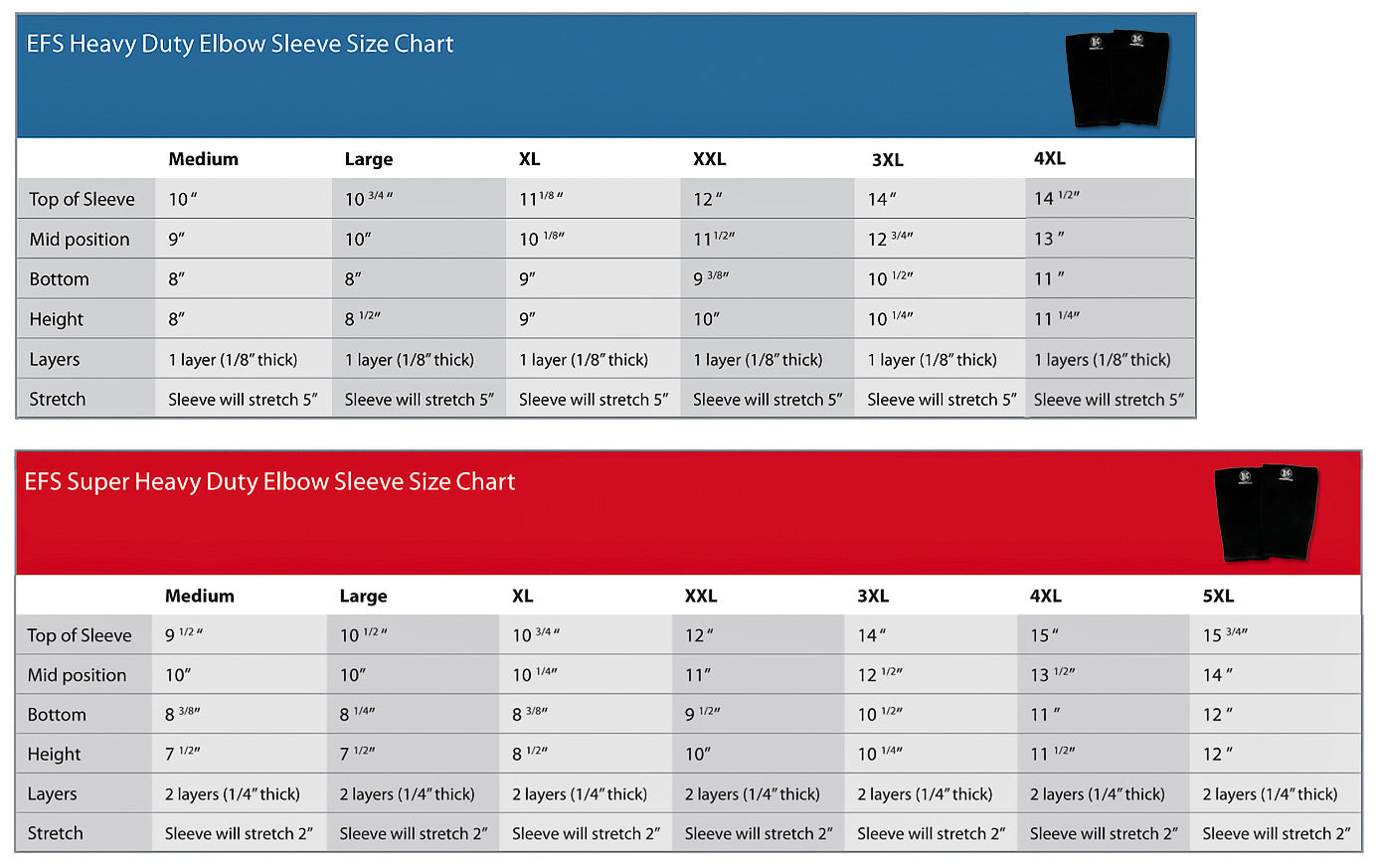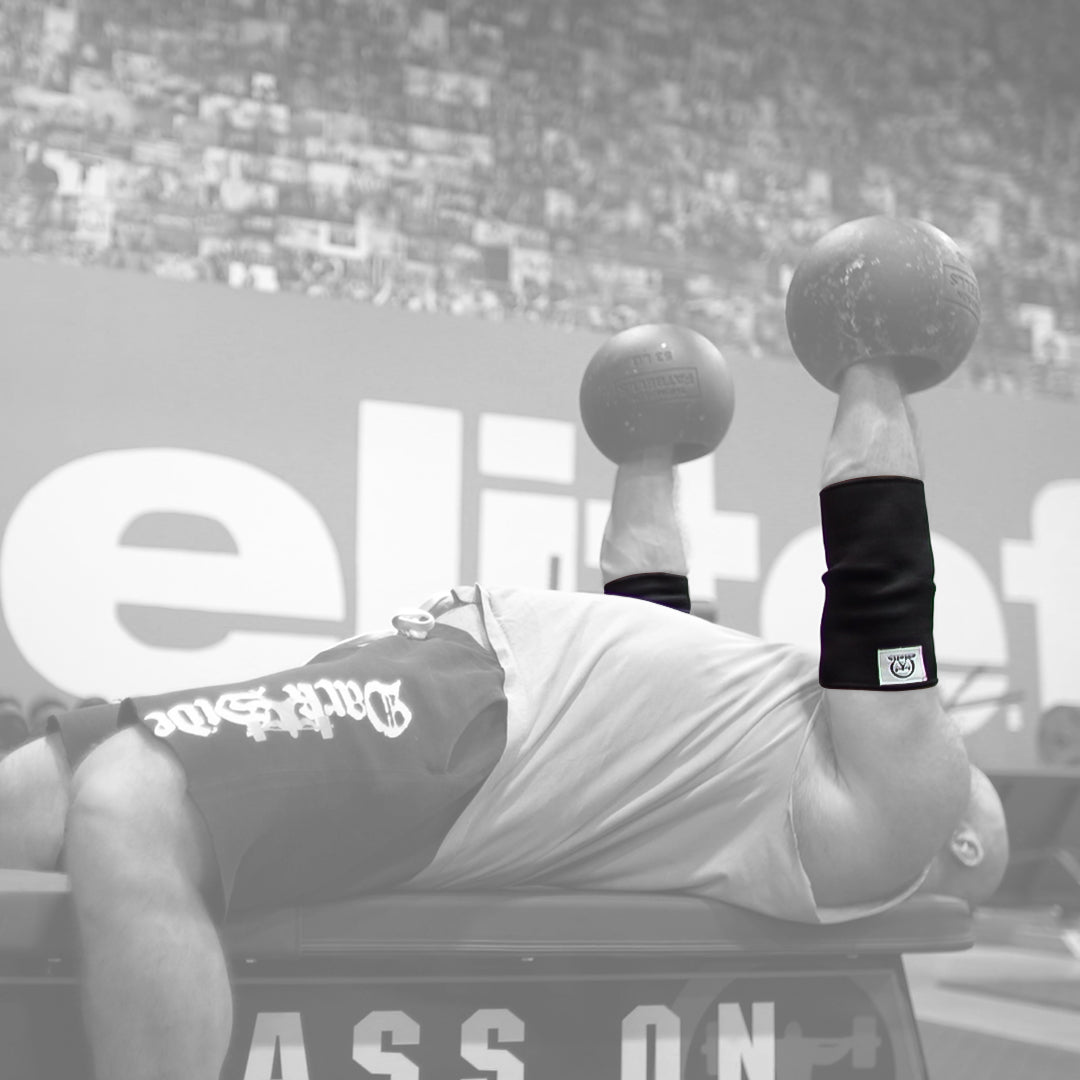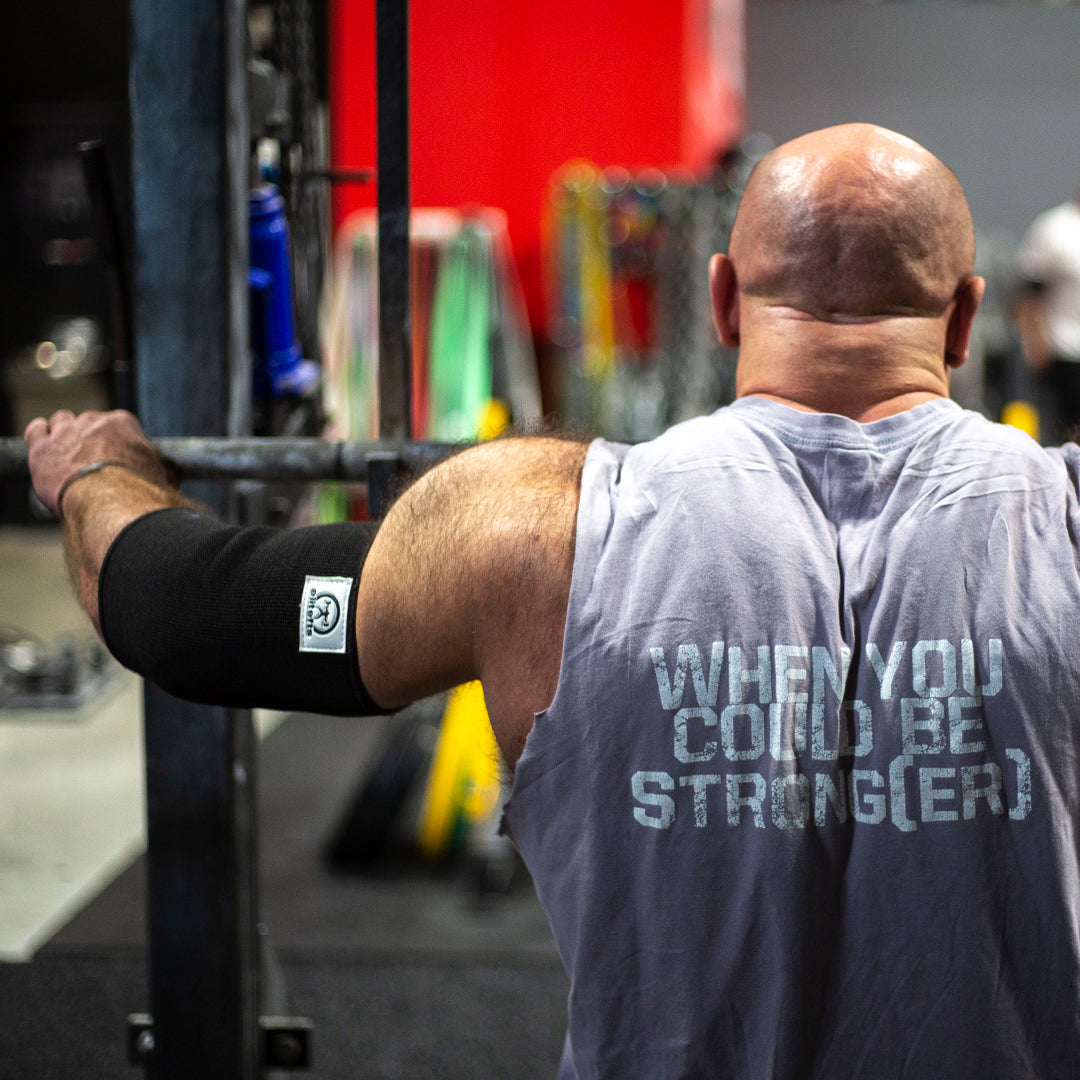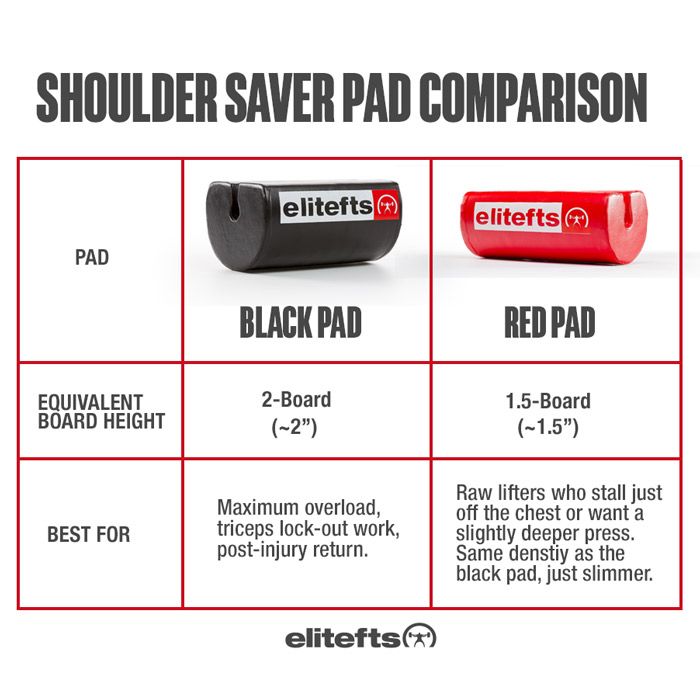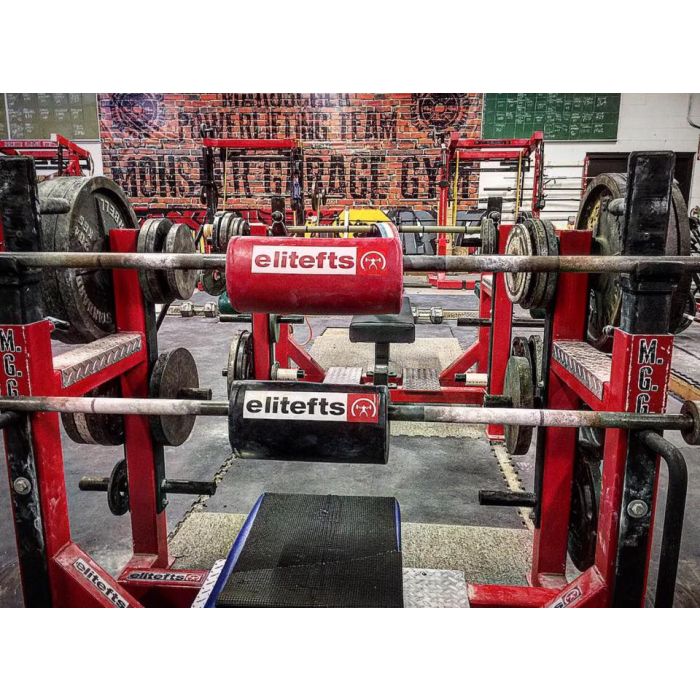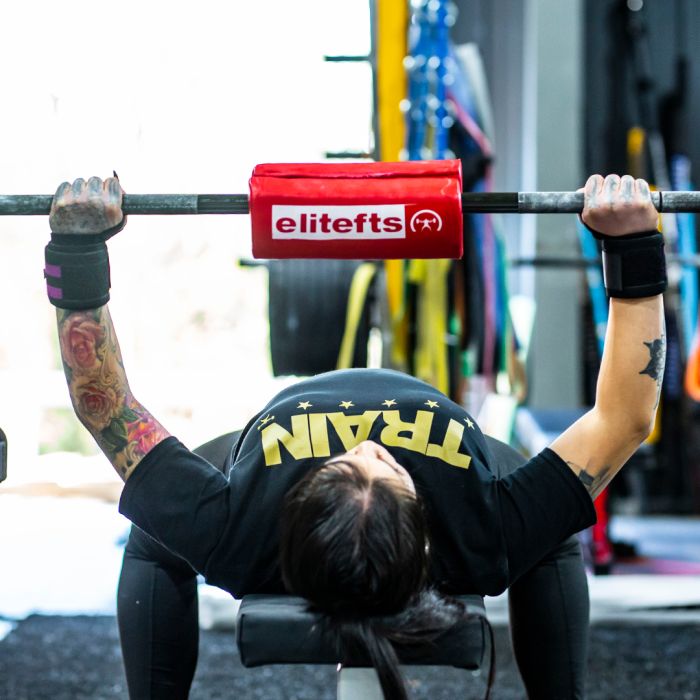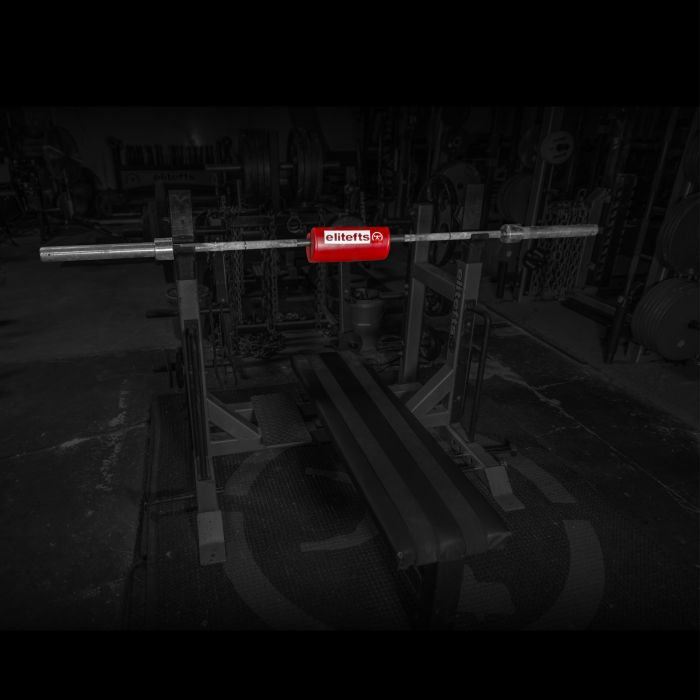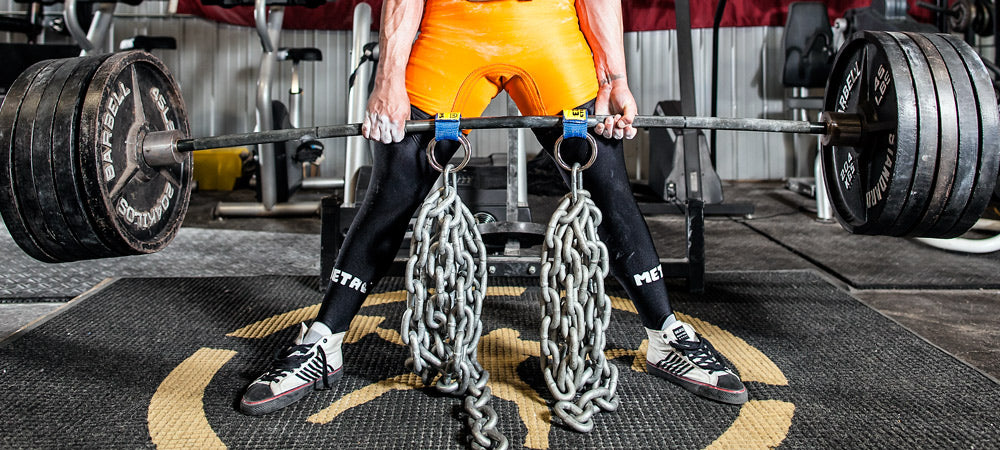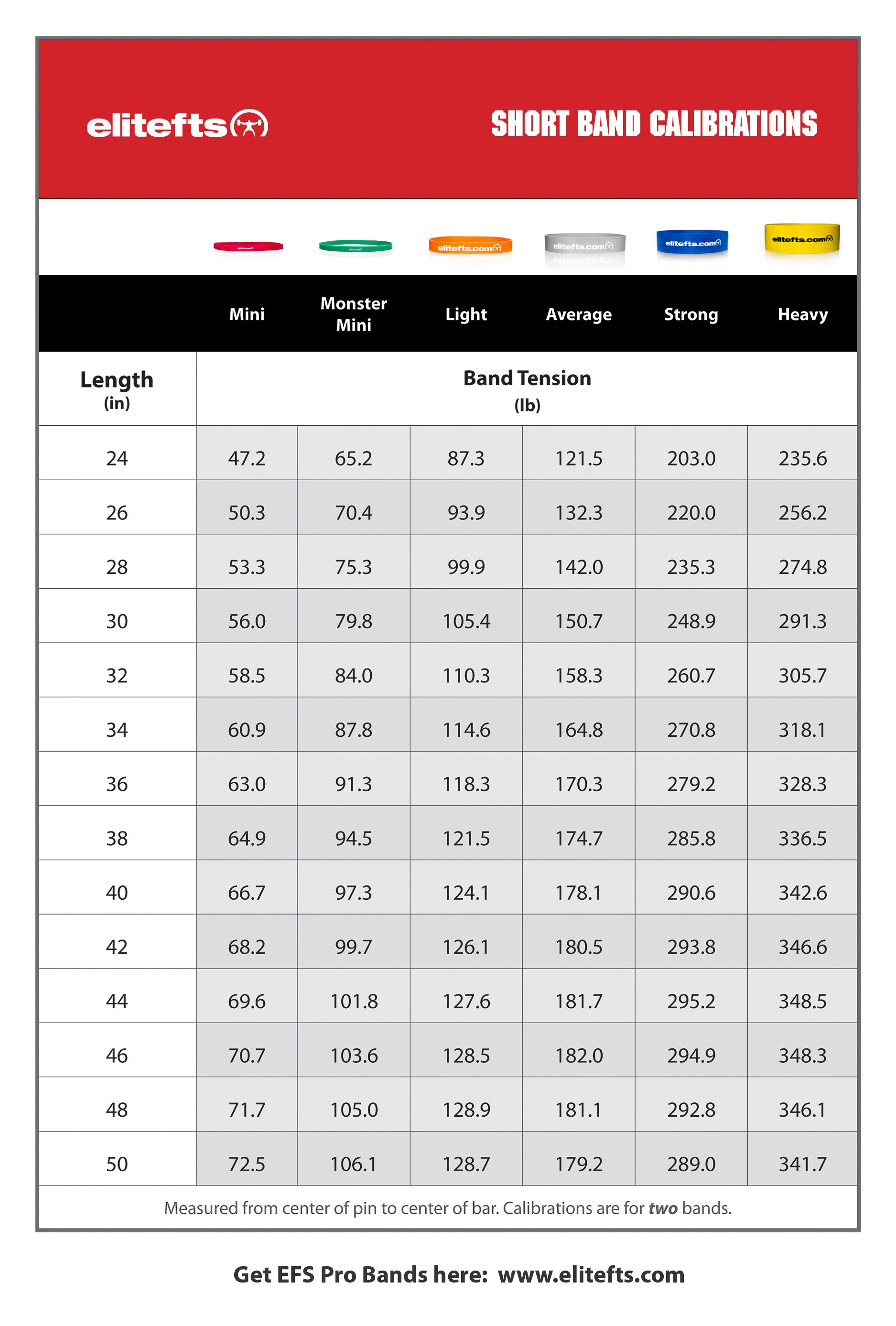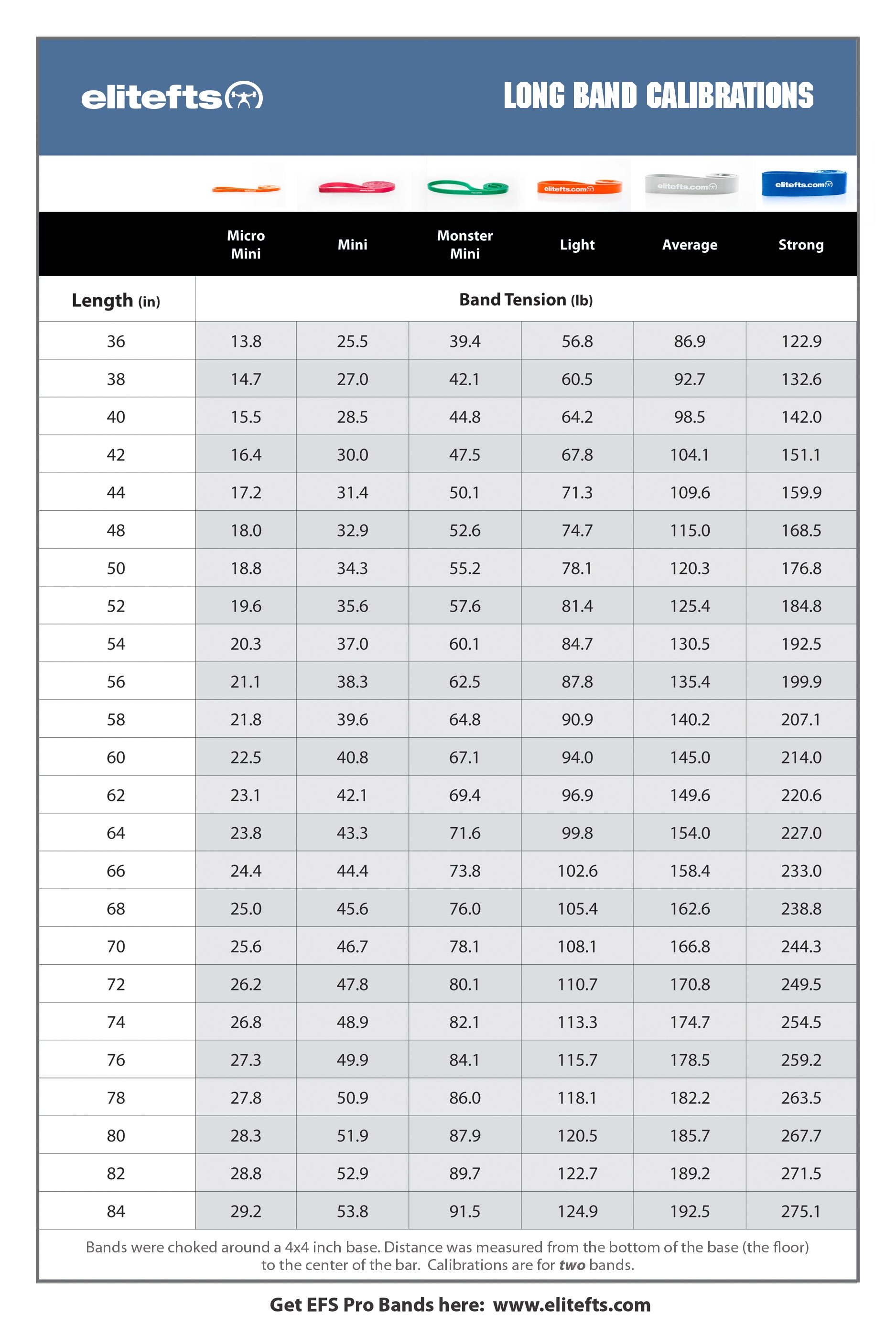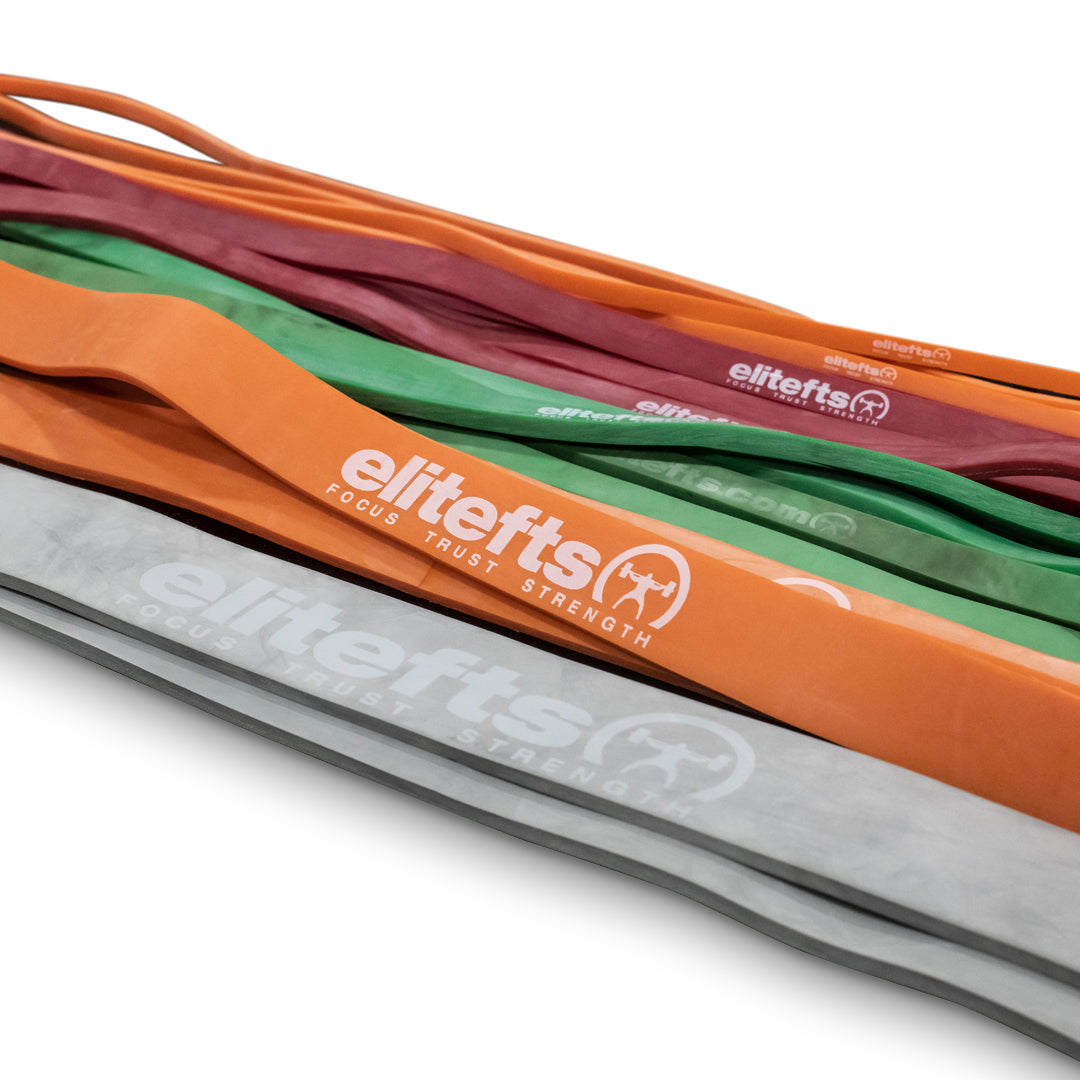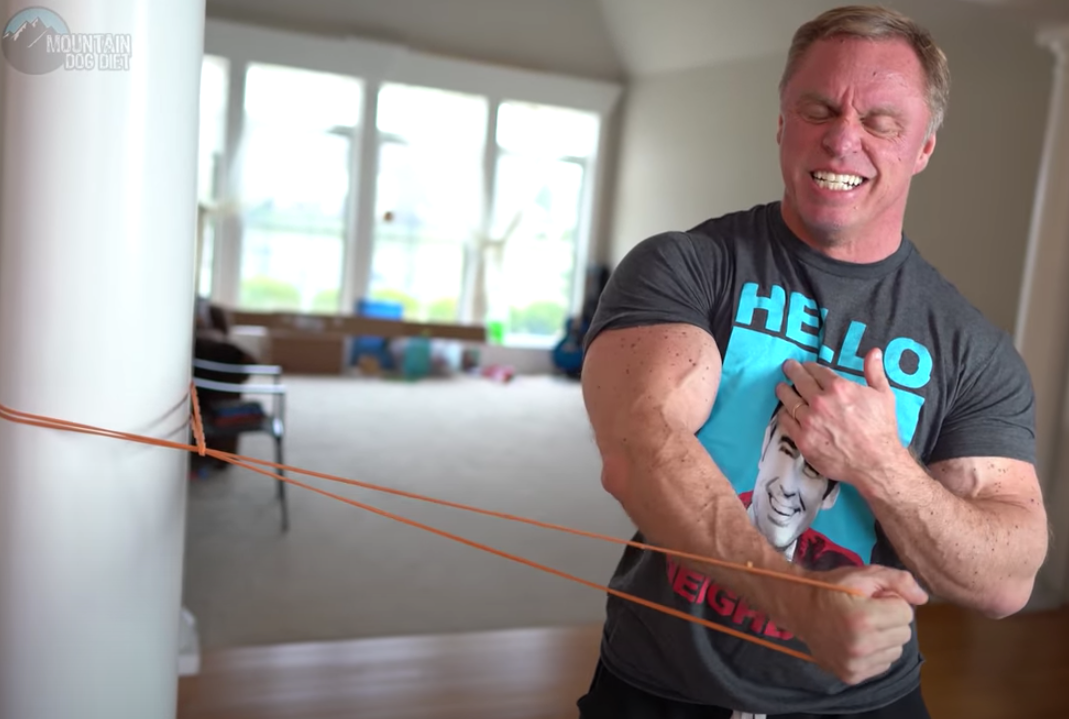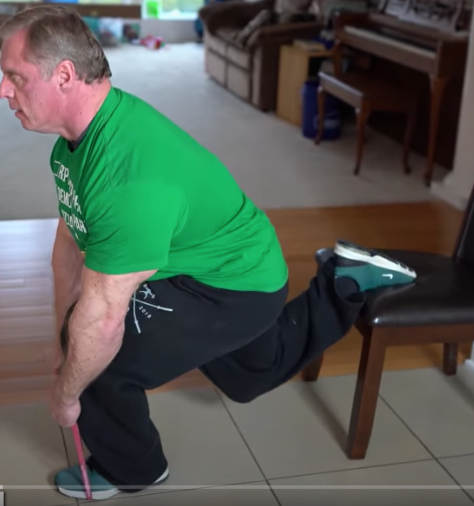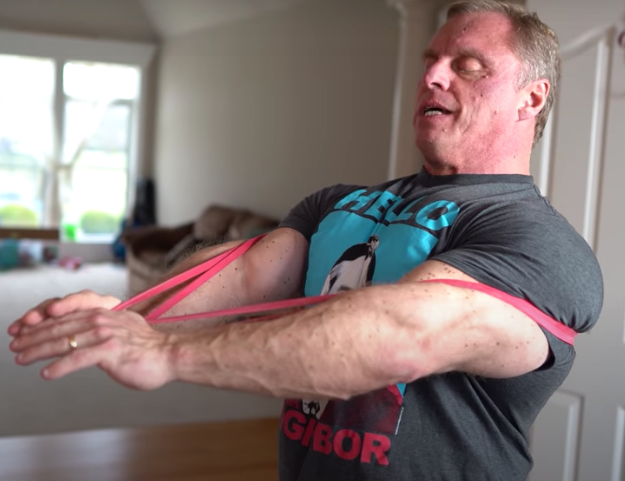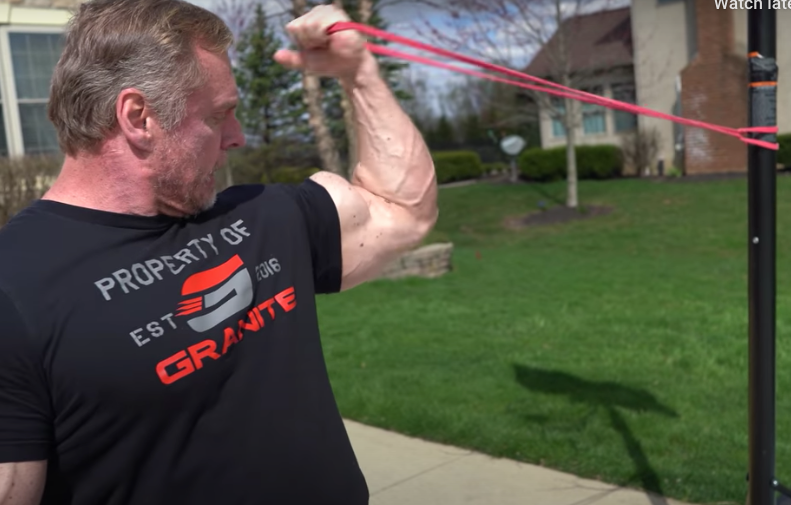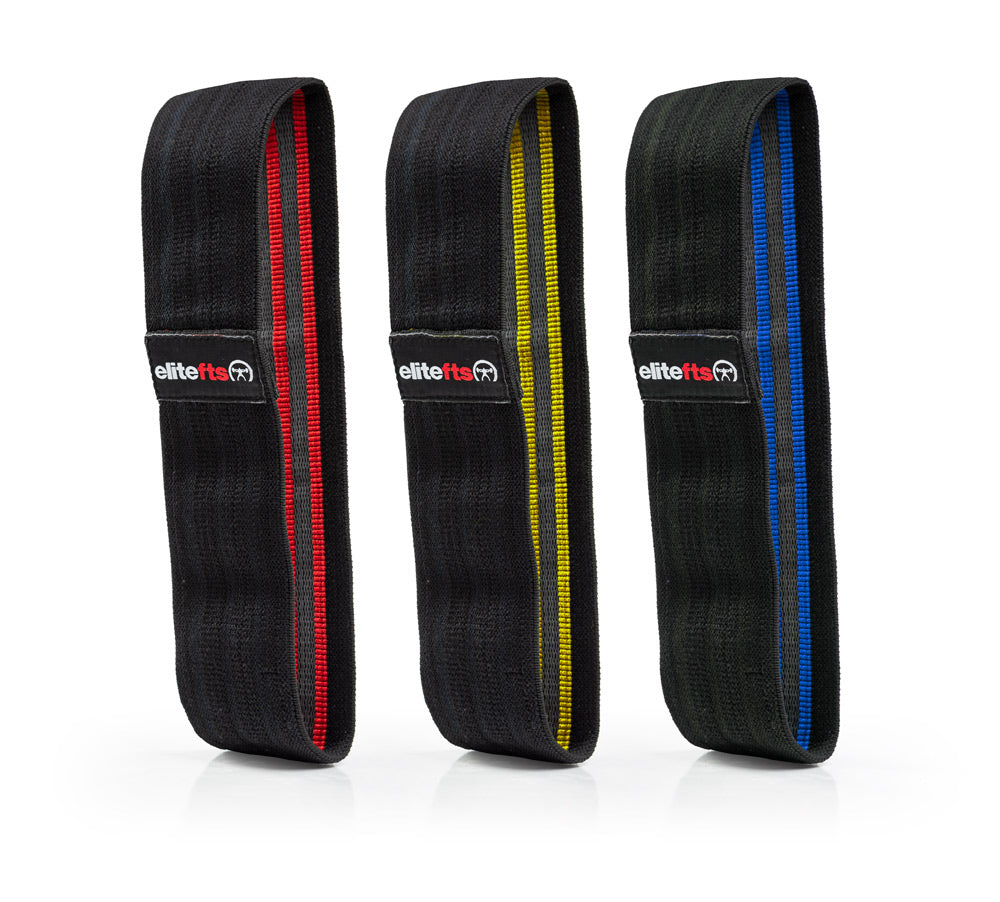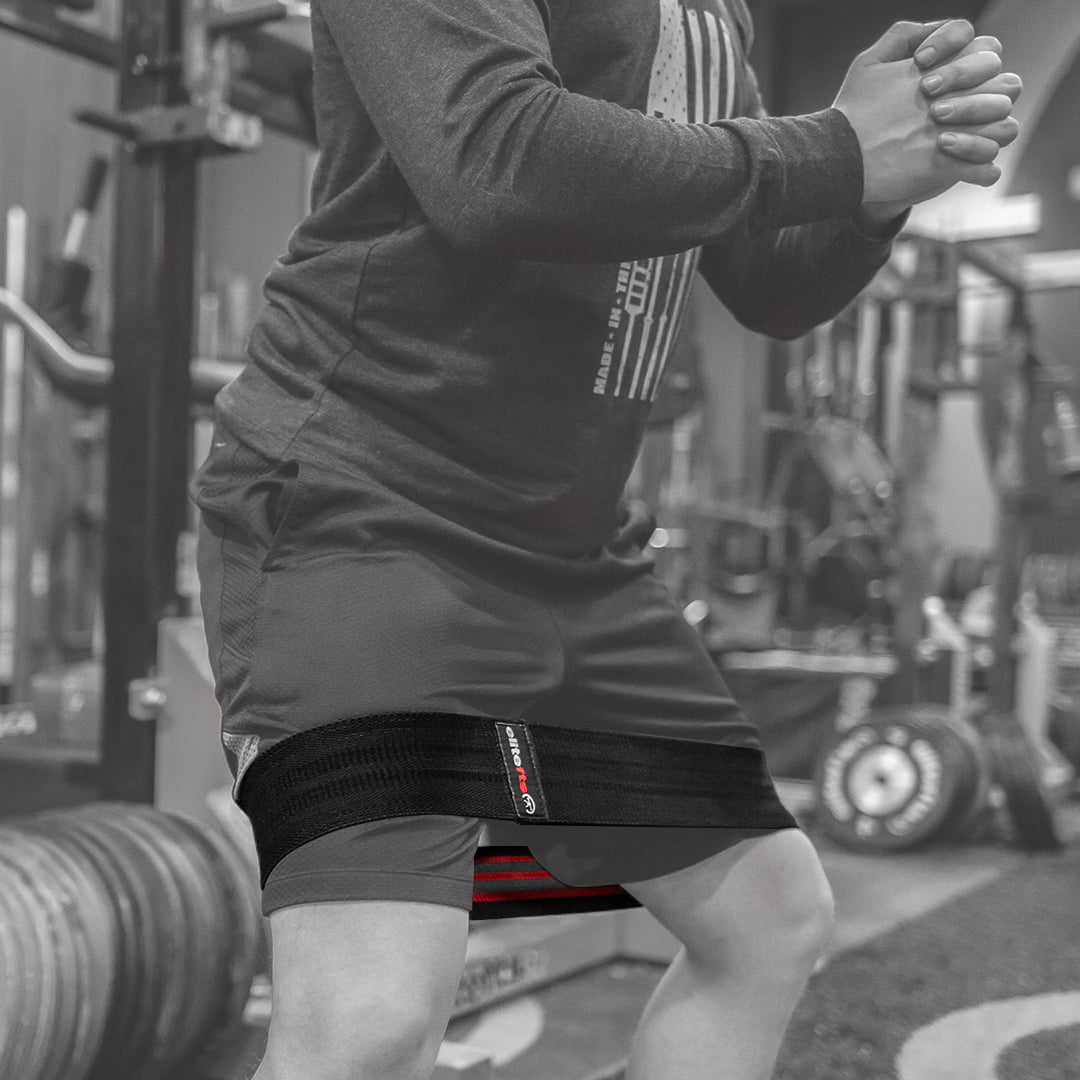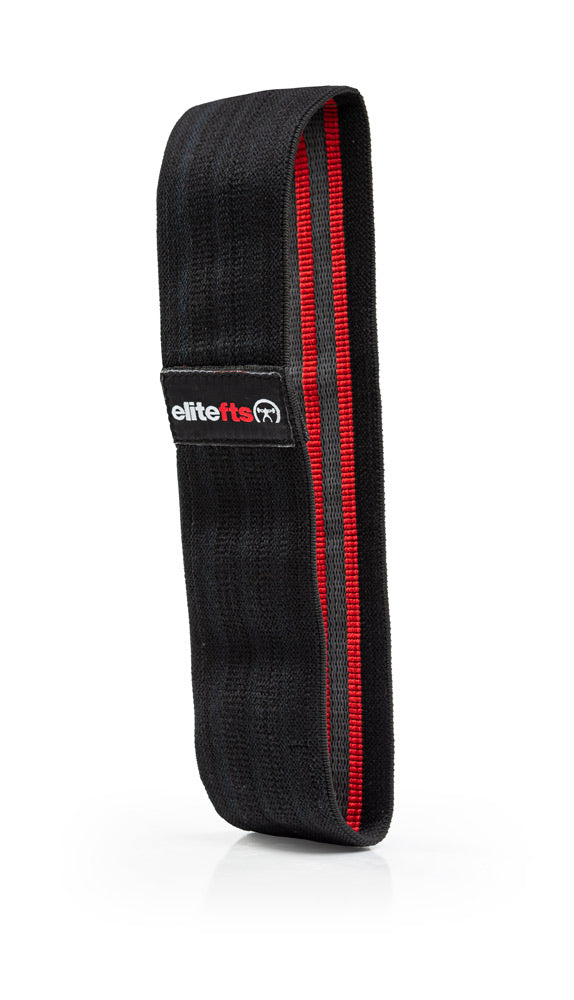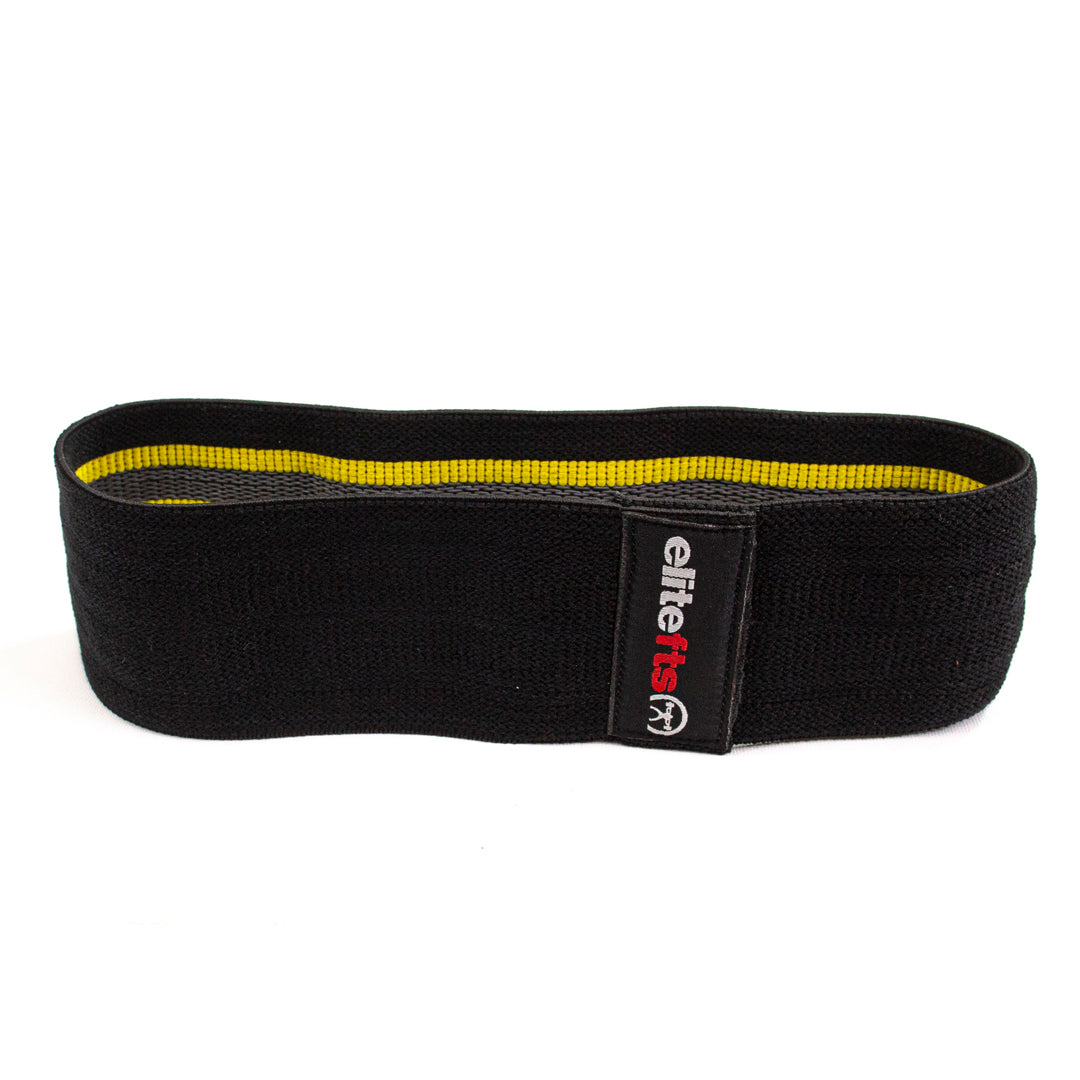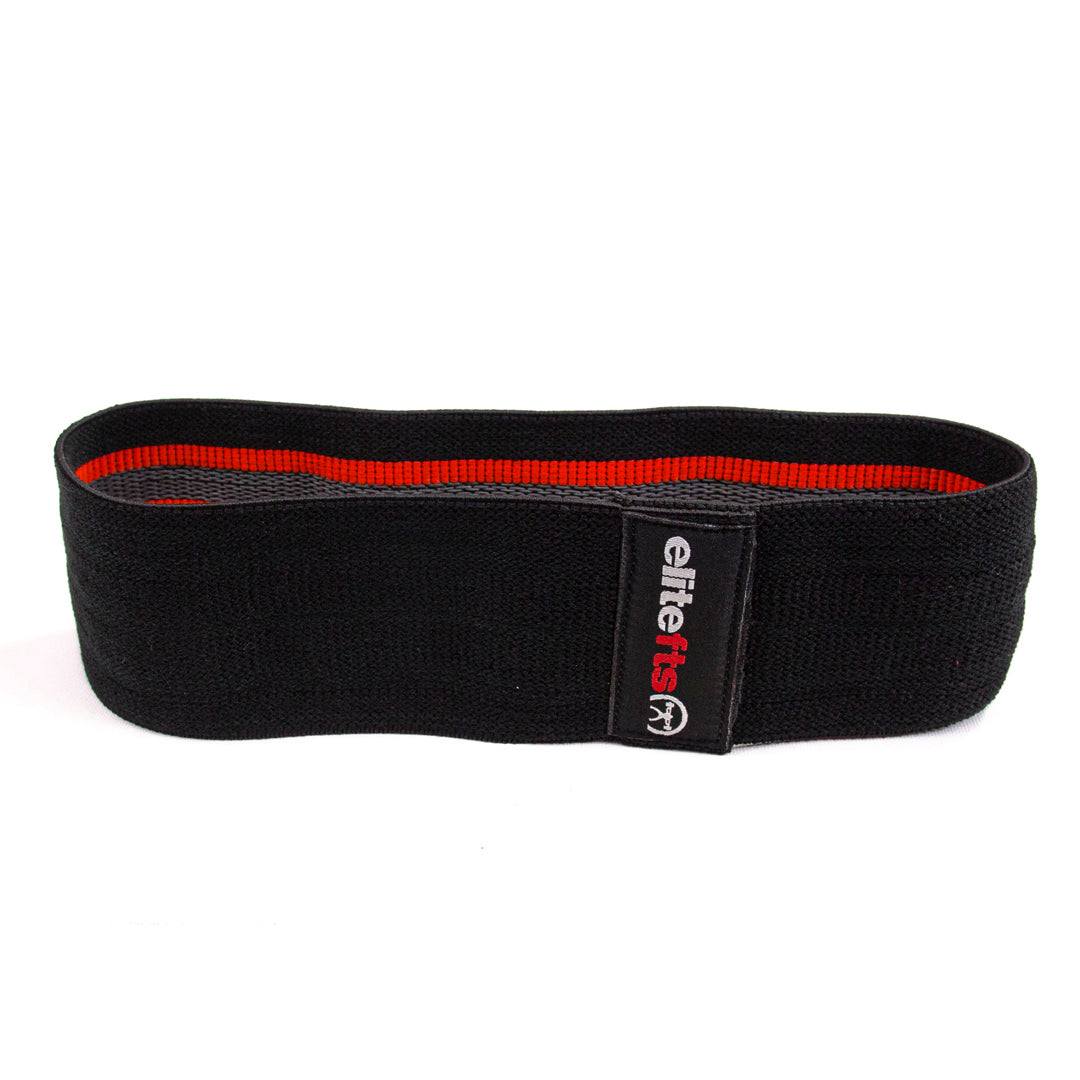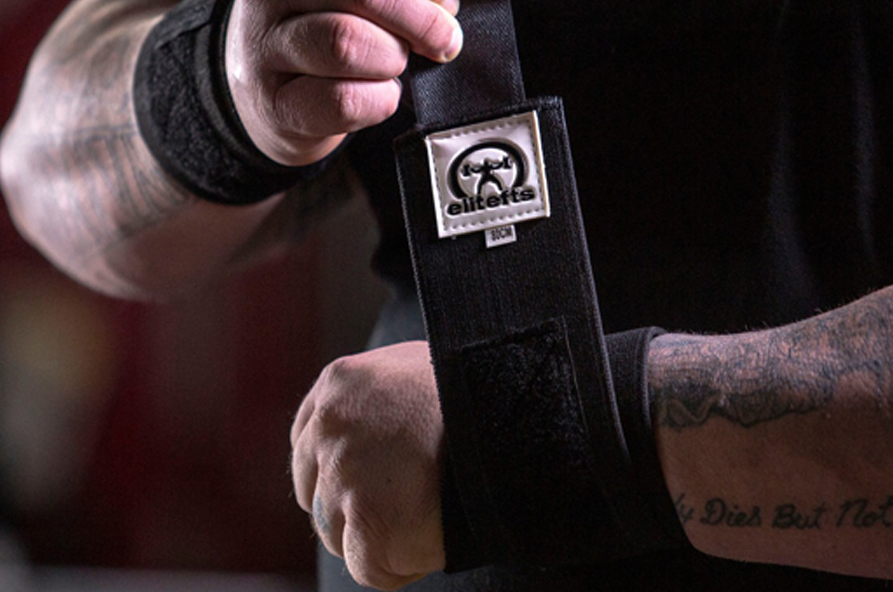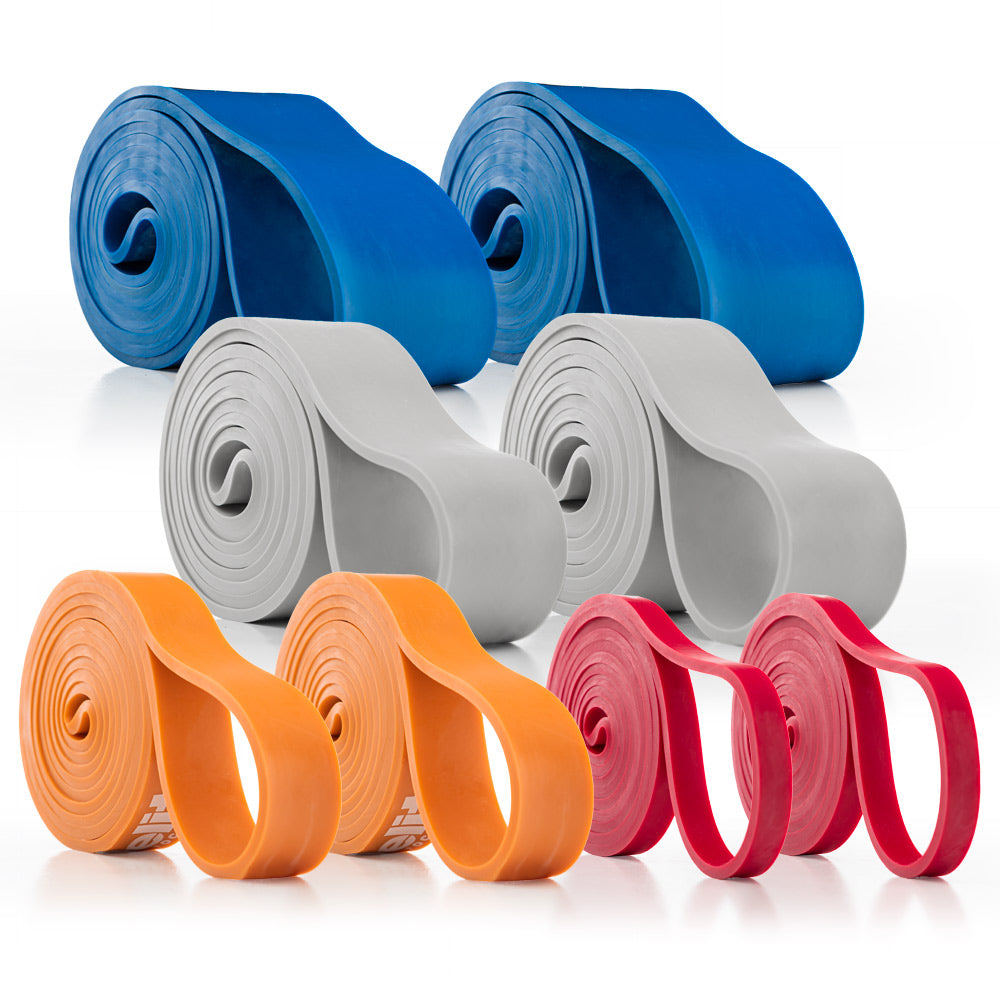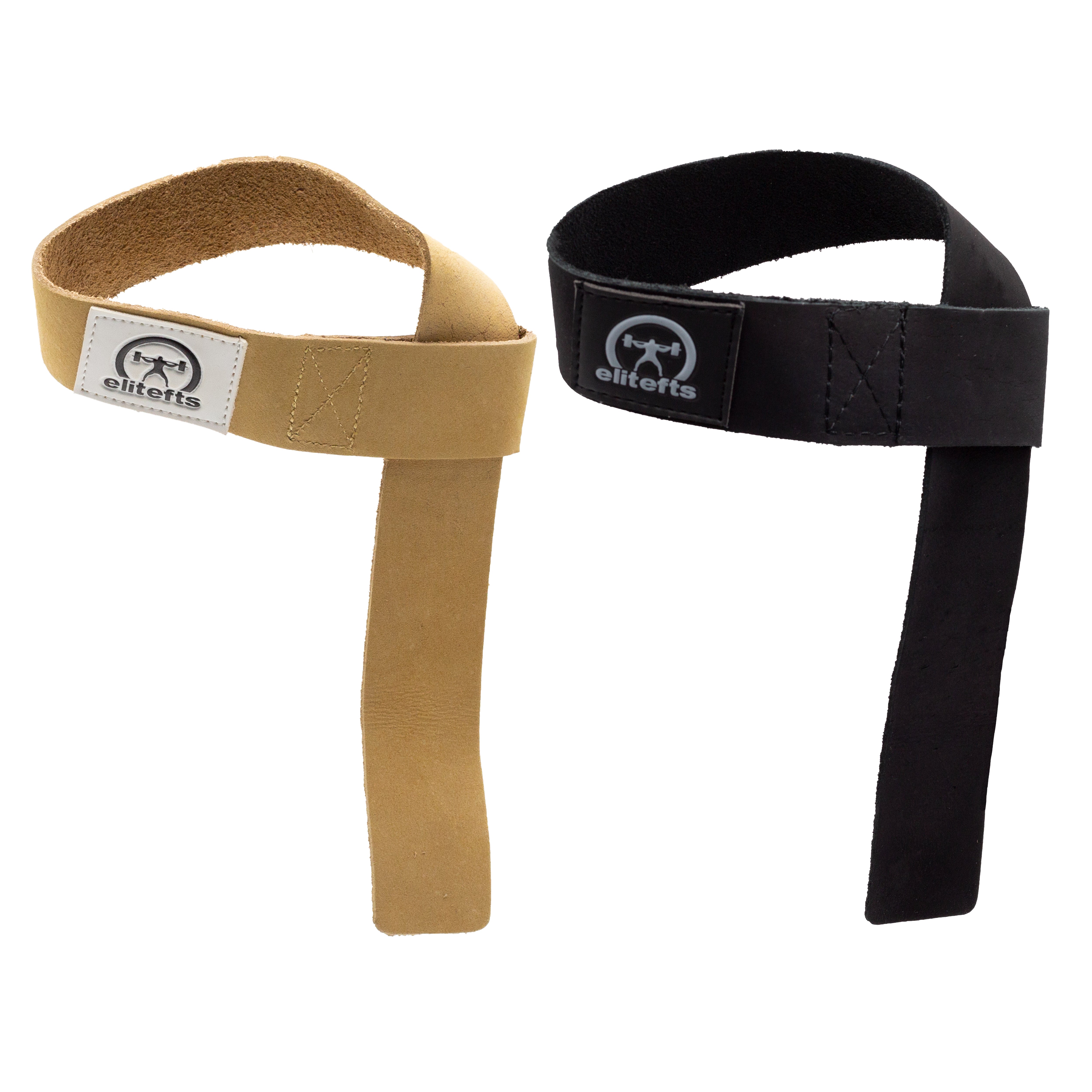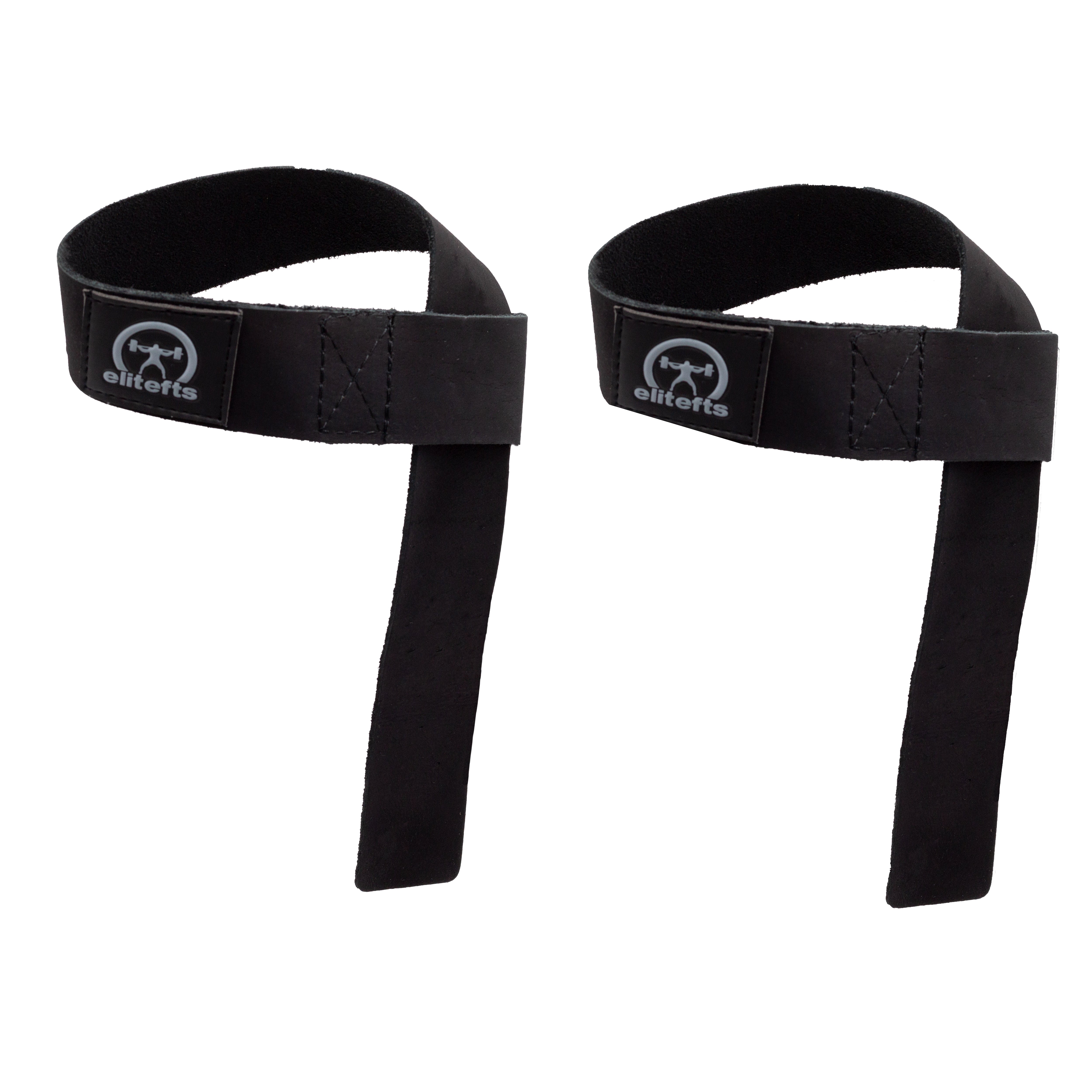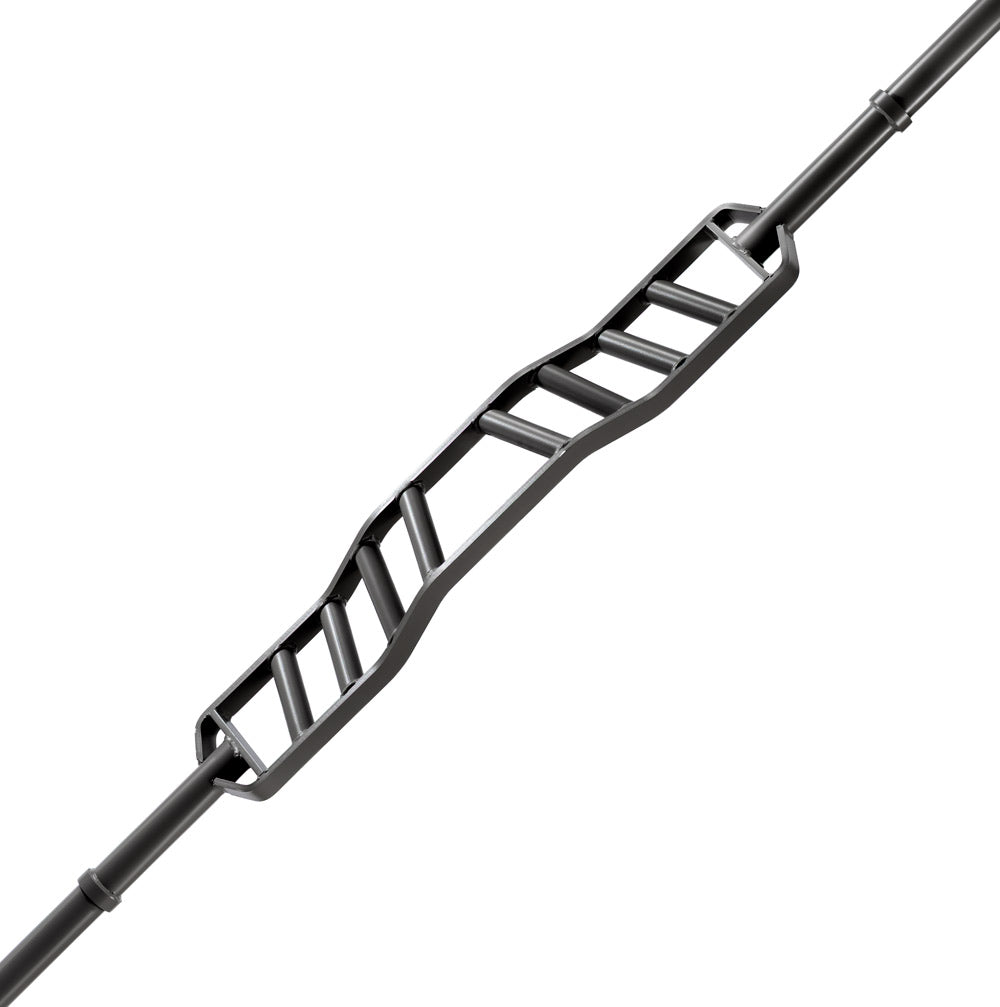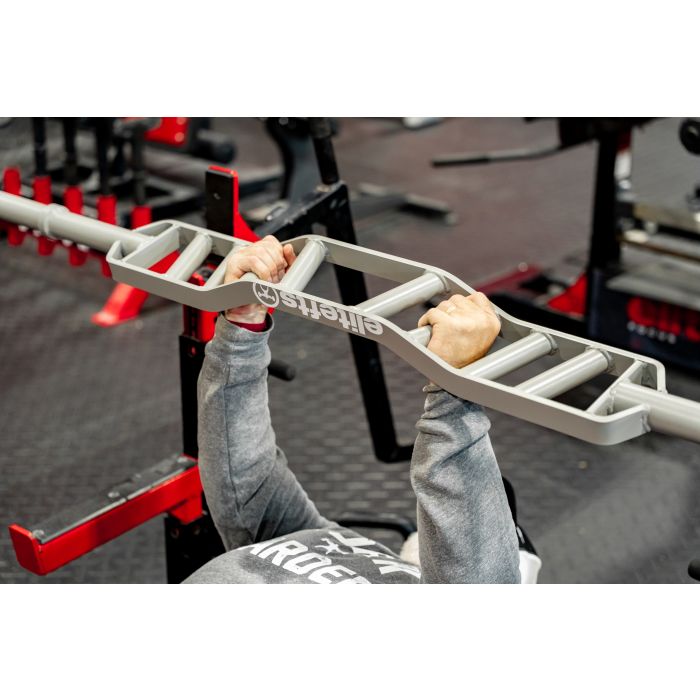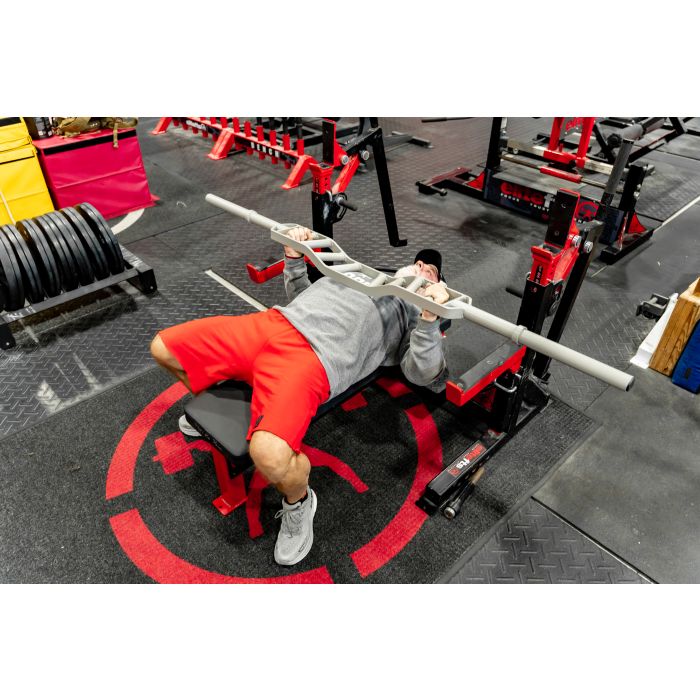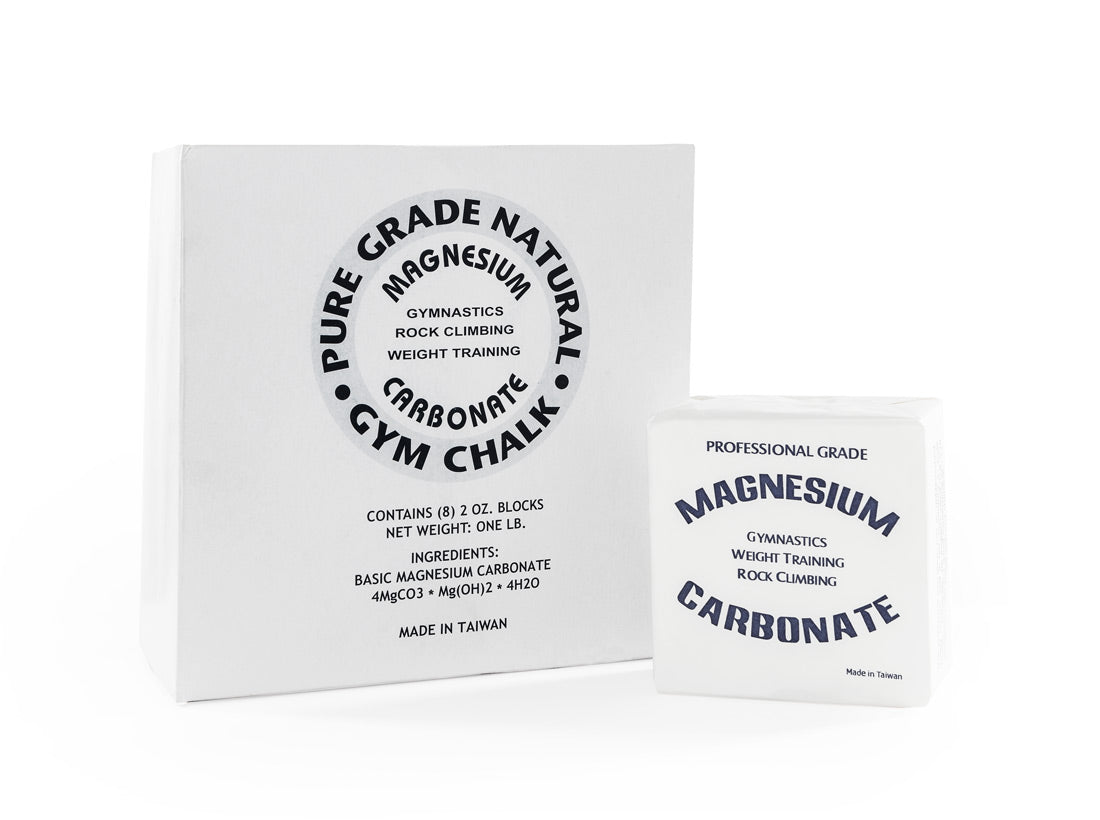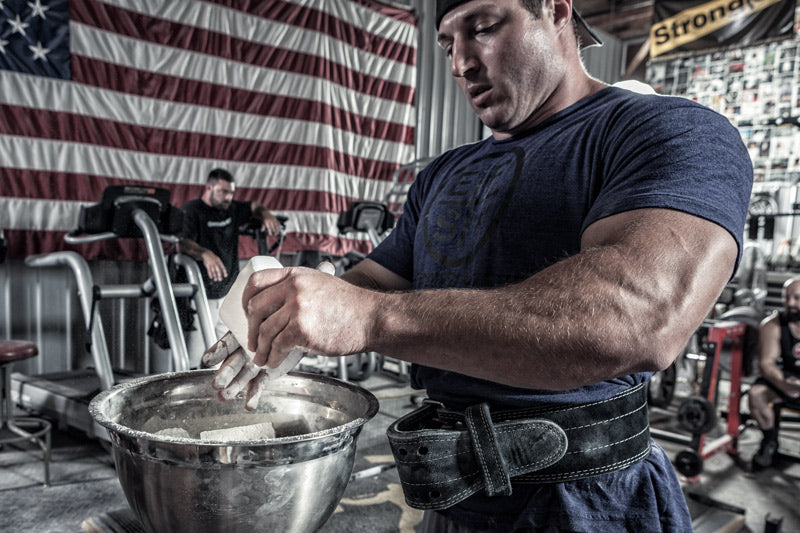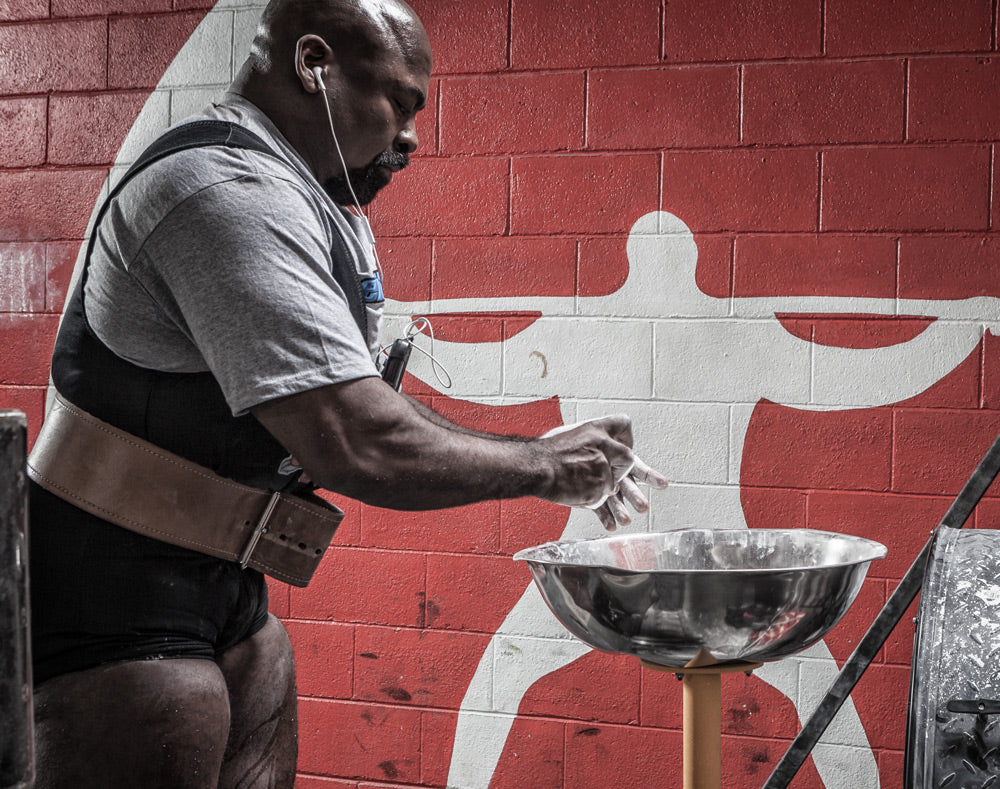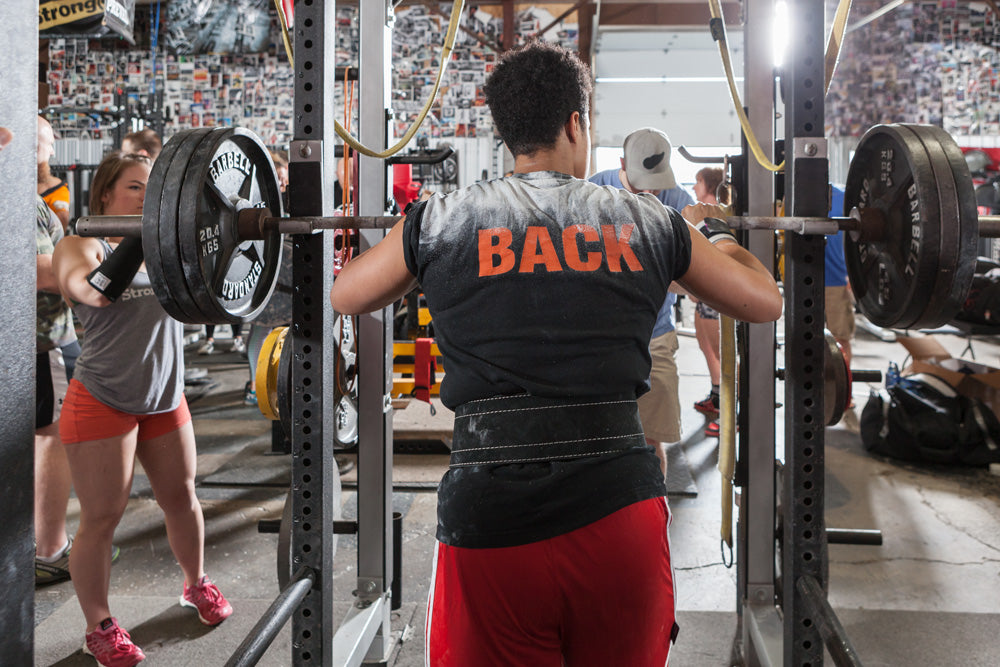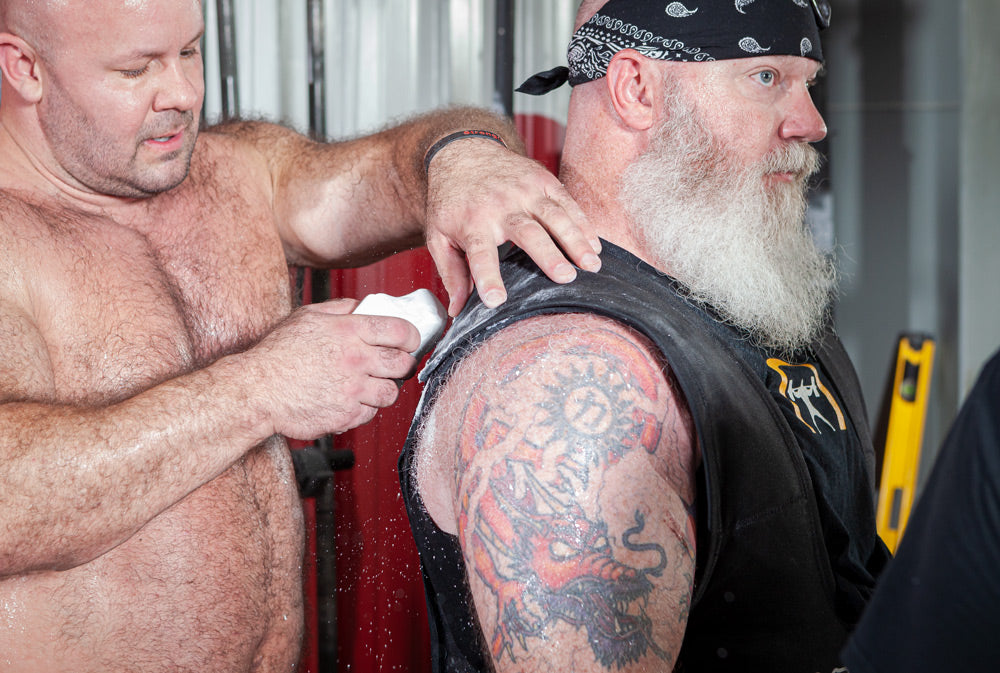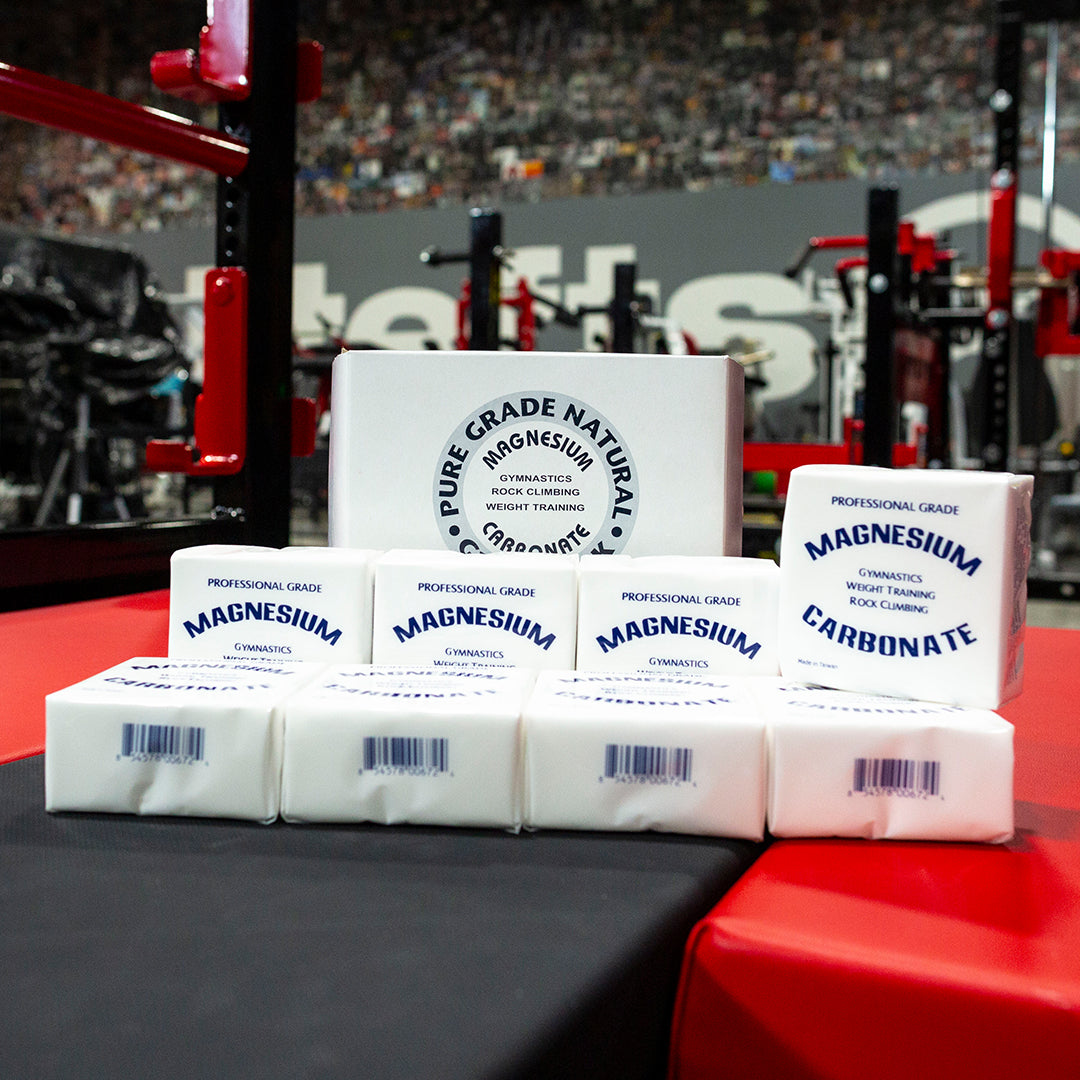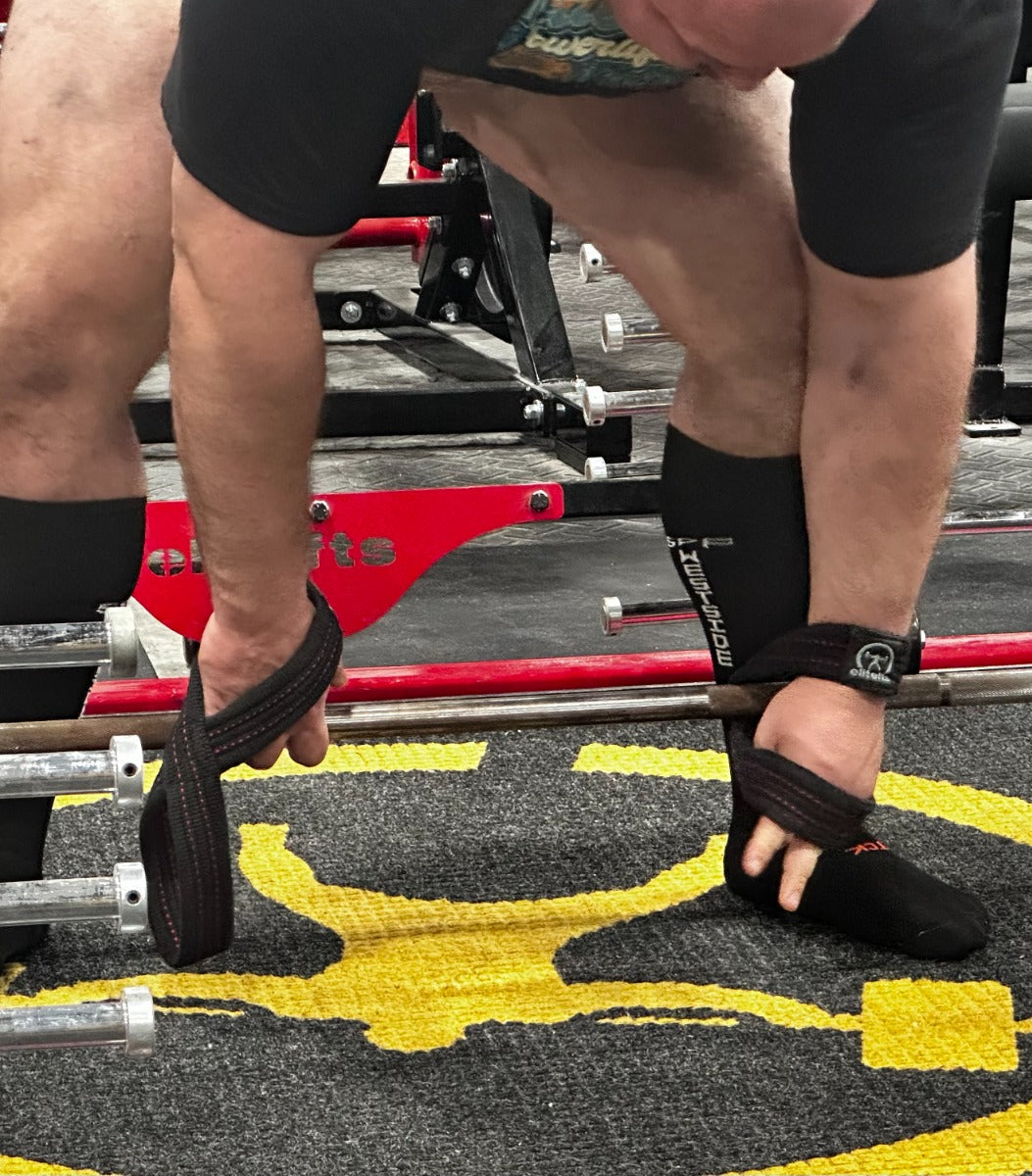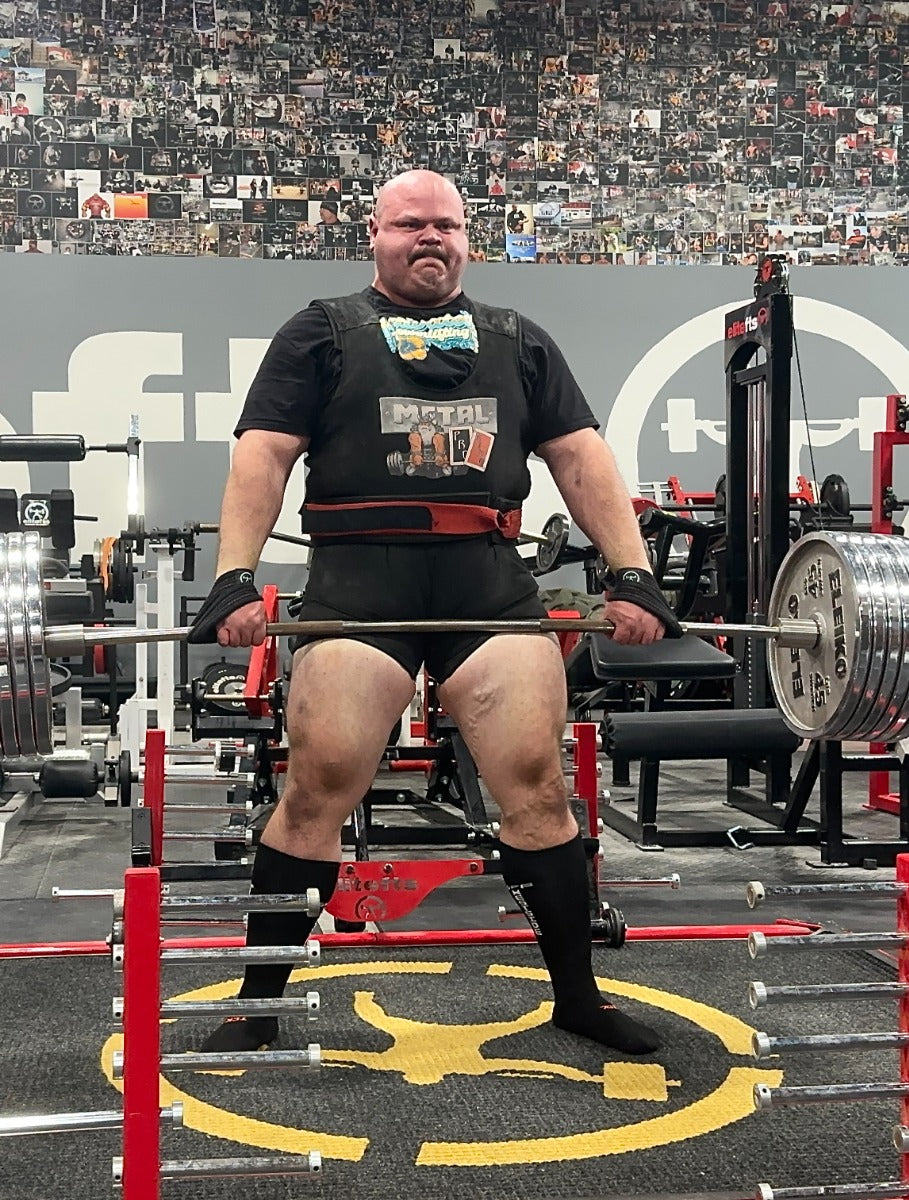While exploring force-velocity curves and repetition continuums, I couldn't shake the feeling that something was missing, leaving me puzzled by the inconsistency in terminology and percentages across different methodologies. After years of being a strength and conditioning coach, I still did not fully understand the different terminology and corresponding percentages/velocities used in many training methodologies. From the teachings of legends like Charles Poliquin and Louie Simmons to the depths of Supertraining and Soviet texts, I encountered a maze of varied approaches. I found many different strategies, each with its own view on training principles and techniques.
As I learned more, I became more curious and determined to create a solution that everyone could use, and that honored the legacy of the visionary coaches who helped develop strength and conditioning as it is today. Buddy Morris says that the truth lies in the overlap. So here is my road to finding an overlap and combining many strength and conditioning principles into one easy-to-understand chart.
The Greats of Strength Training
In developing my general training methodology, I gathered much knowledge from the above-mentioned greats of strength training, Charles Poliquin and Louie Simmons. Many people think their training methods are completely different, but despite the contrasts, I see a deep connection between their philosophies. Louie Simmons focused on using mostly fast eccentric movements, showing the importance of explosive force on an exercise's eccentric (lowering) part. Charles Poliquin taught doing slow, controlled lowering tempos to keep tension throughout the eccentric. Louie questioned directly training the quadriceps, while Poliquin used exercises like knee-over-toe squats and split squats to target the quads and full ROM. Louie loved box squats, which limit depth and work the posterior chain, but Poliquin preferred front squats requiring good ankle mobility and upright torso position. Despite these differences, they both wanted to optimize performance, build functional strength, and help athletes reach their full potential.
While many perceive them as opposites in their methodologies, I see a profound synergy between their philosophies. Despite their apparent contrasts, there's a remarkable convergence in their approaches.
Here’s what they agreed upon:
- Emphasizing posterior chain development (especially the lower back).
- Using 1–3-week training mesocycles.
- Using bands and chains to accommodate resistance.
- Using Olympic lifts.
- Using lots of accessory movements.
- Having the mindset that strength is the mother of all qualities.
- Using manual therapy.
- Using lots of core and grip work.
- Believing in similar weak points (muscles, body parts) based on structural balance.
- Working at various intensity ranges from 30 to 100+ % of 1RM.
- Referring to and referencing old soviet texts, manuals, and vintage books.
Strength Types and Training Intensity
Different Strength Types
Strength training is a complex and multifaceted discipline, with various experts and methodologies offering diverse perspectives on the categorization of strength types. One notable difference that sparked my curiosity was the contrasting nomenclature used by Louie Simmons and Charles Poliquin when describing strength types across different intensity ranges. For example, for intensities ranging from 30% to 100% of one-repetition maximum (1RM), Louie Simmons employed the following strength type classifications and corresponding percentages:
- Explosive strength 30-40%
- Speed strength 75-85%*
- Strength speed - somewhere around 85-90%
- Absolute strength/Circa max – above 90%
- Max effort strength – 100%
This came from the data of A. D. Ermakov and N. S. Atanasov while testing 780 highly skilled weightlifters. It stated that 50% of their training was in the 75-85% range. Refer to Managing the Training of Weightlifters by authors N. P. Laputin and V.G. Oleshko.
Training Intensity
For intensities ranging from 30% to 100% of 1RM, Charles Poliquin employed the following strength type classifications and corresponding percentages:
- Speed Strength 30-70%
- Reactive Strength 30-50%
- Explosive Strength 50-60%
- Starting Strength 60-70%
- Absolute Strength/Hypertrophy 70-85%
- Relative Strength 85%+
This divergence in terminology and categorization between the two renowned coaches sparked a deeper analytical exploration. I discovered that Louie's explosive strength was, in fact, reactive strength in Charles's mind. On the other hand explosive and starting strength in Poliquin's mind was within the range of speed strength in Louie's mind. But then again, the velocity came into play, so if reactive (Charles) or explosive (Louie) was supposed to be fast velocity, then speed strength (Louie) or explosive and starting strength (Charles) should be intermediate velocity, and that leaves strength speed to low velocity. Well, I got the bottom of that, so I thought. So based on that info, the first chart that I drew on my whiteboard looked like this:

Then, I tried to compare what I found with the Velocity Zones created and proposed by Dr. Bryan Mann (below).

The Velocity Zones were supposed to bring clarity to the chaos in my head. Instead, I hit another deep black hole. Why do we have strength speed now at 50-60%? And why is the starting strength at the beginning of the chart? I thought that would be the reactive strength or at least the explosive strength or maybe ballistic. Instead, we have speed strength and explosive strength, whereas reactive strength just was. We have accelerative strength, speed strength, and absolute strength, where there is only strength speed. Okay, I need to get to the bottom of this.
More Questions
Little did I know that my research on strength type classification and names unearthed a multitude of other perplexing questions. For example, where should we put other terms commonly used in S&C, such as supra maximal strength, ballistic strength, max strength, isometric strength, concentric strength, and eccentric strength?
What about intricate training adaptations specific to functional hypertrophy and strength endurance? Were bands, chains, maximal speed, and maximal power relevant in this context? Or the variety of exercises, such as plyometrics alongside Olympic lifts as opposed to traditional strength movements; where did they feature within these schemes of thought? These are just some inquiries that seem perpetually unresolved. What is an appropriate velocity for different percentages? How many reps should be done at these percentages to acquire desired adaptations? Should athletes competing in non-contact sports, where external resistance is minimized, train at the same percentages as those competing in contact sports, where external resistance is a constant factor in achieving similar training adaptation? Those questions consumed nearly fourteen months of relentless pursuit to try to make it all easy to understand.
Exploring the Force-Velocity Curve
Let's take a look at the classic force-velocity profile. Do you see things missing from it? Is it incomplete? Can you program your training based on this information alone?

We can see the velocity and force and the exercises that should be performed at one end of the continuum or the other. It's intuitive, accessible, and the key to unlocking your full potential. One look at the chart, and you know exactly where you stand. But do you really know? There are no specific repetition ranges, no training adaptations, and no exact speeds of movements. Let's go a little further, then.
Navigating the realm of strength and conditioning can feel like wandering through a maze with no clear path, without the percentages, velocity, or repetitions. But what if there was a simpler way forward? What if we add the repetition continuum from 1990 based on Charles Poliquin's work to the mix?

We got the reps, percentages, and adaptations happening at each percentage range. That is great, but there are no strength types listed. We are getting closer, though.
Finding An Unified Approach
Upon delving deeper into Charles Poliquin's PICP course, a treasure trove of strength types was unveiled: limit strength, maximal strength, isometric strength, concentric strength, eccentric strength, speed strength, reactive strength, starting strength, explosive strength, strength endurance, and absolute strength were all listed and explained. That sparked a cascade of thoughts within me. Could we not create a comprehensive chart that aligns these strength types with percentages, velocities, and repetitions? Before we get into that, let's take a look at the most complete training chart to date, which, in my opinion, is courtesy of Charles Poliquin himself. Yet, despite its thoroughness, I couldn't shake the feeling that something was still missing.

After another few months of constantly writing and erasing things from my giant whiteboard, I concluded that I finally had something I was happy with and ready for the world to see. Below lies the culmination of my work and the result of my efforts in trying to digest everything from every source available on that whiteboard in front of me.

It became clear to me early on that I would encounter a lot of material, so throughout this process, I have always tried to collect and connect knowledge.
One Chart Wonder
Over 12-14 months of working on this topic, it's been about finding connections among things that initially seemed unrelated, making different names mean the same, and thinking about how all these could be put together as one chart. The most important thing, though, has been striving for acceptance from all the professionals in the S&C field. Here's the finished product brilliantly designed by one of my athletes, a rugby Poland national, who has some hidden talents in graphic design.

First of all, the chart represents training goals and where athletes should train to achieve a certain adaptation. Therefore, the maximal speed and velocity are on the left side of the chart at 0% intensity, as no additional load should be used to reach maximal speed. Some would argue that the maximum sprints should be on the right side of the graph, representing 100% effort. I fully understand that to perform max sprint, you need to run at 100%, but this chart refers to external load and not perceived exertion.
The chart represents the percentage range in which one needs to train to create a specific adaptation. It does not represent the percentages at which those adaptations occur in sports.
Velocity Variations
For example, acceleration strength (speed) happens at 0% intensity (no additional load besides body weight) in sports but needs to be trained at higher intensities to create an adaptation to improve acceleration.
The velocities given are an average value for all strength exercises. Bench pressing could generate faster velocities than those presented; squats using a stretch-shortening cycle (SSC) should generate the exact velocities presented in the chart. Squats with a longer pause or purely concentric squats from pins could produce slower velocities than those indicated. The same applies to deadlifts and overhead presses.
It depends on whether you measure the velocities with SSC (the fastest velocities), with a pause (slower velocities), or purely concentrically from pins (the slowest velocities). Even if all three were performed with the same intensity, they would produce different velocities. So, the question we need to ask ourselves is whether we are measuring what velocity we achieve at a certain intensity or whether we are training to improve the velocity at that percentage. If someone is doing higher intensity training before a game, say 3x3 at 85% of 1RM for a sport that requires a lot of stretch reflex movements, such as any team sport, should he/she do the squat with a pause or not? As a coach, I would perform a squat with SSC at this point, and that would definitely produce higher velocities at 85% of 1RM than with a pause or from pins.
All About External Resistance
Okay, now, what is the deal with sports with/without external resistance?
In Supertraining, we read on page 151: "It is tempting to refer simply to speed-strength, but this disguises the fact that certain 'speed-strength' sports require a greater emphasis on speed and others on strength."
Sports without external resistance are athletes who mostly counter the force of gravity and their own body weight are classified here. I believe those athletes can and should work at a lower intensity range to develop the qualities they're after.
Examples: sprints, volleyball, soccer, high jump, long jump, basketball, etc.
Sports with external resistance are athletes who mostly counter the force of gravity, their own body weight, and opponents' strength and body weight or an object's weight (e.g., shot put)—are classified here. I believe that those athletes should work at a higher intensity range to develop the strength-type qualities they are after.
Examples: American football, rugby, shot put, hammer throw, wrestling, judo, bobsleigh
Terminology Dictionary
Let's go through the terminology and definitions used in the table without specific order. I figured that the names were not as important as the definition. So below are the names and the definitions, without the percentages or velocities (m/s).]
| STRENGTH TYPE | DEFINITION |
| Maximal Strength | The force that the musculoskeletal system can exert regardless of the time |
| Absolute Strength | The maximum force an athlete can exert regardless of body weight or time. Muscle hypertrophy is the main driver of performance in sports requiring absolute strength. |
| Relative Strength | The main goal of developing relative strength is to increase the efficiency of the nervous system by recruiting more motor units without excessively increasing muscle mass and, therefore, body weight. Relative strength = maximum strength/body weight |
| Circa Max | This just means near-maximal weights. Mostly used in powerlifting in contest prep but also useful for other athletes looking to maximally activate their nervous system but not completely max out. |
| Supra Maximal Strength | Use weights and resistance that are beyond your current strength levels. Two ways to do so: a) Eccentric only b) Eccentric with concentric help |
| Isometric Strength/Static Strength) | Is an increase in the tension of the muscle belly without changing the position of the muscle attachments. With isometric force, both agonists and antagonists contract. For example, sprinters generate isometric strength after the command "set" but before leaving the starting blocks, as do fighters holding a rear-naked choke in MMA. |
| Concentric Strength | Is the change in muscle tension with a change in muscle length that causes movement. Examples include the basic squat, when the angle of the knee joint changes from 180 degrees to 15 degrees, or when the shot putter throws the shot and extends the elbow joint from 15 degrees of flexion to 180 degrees (full extension). |
| Eccentric Strength | Occurs when the muscle stretches, creates tension, and controls or slows the speed of the movement. Examples include the lowering phase of a pull-up when the biceps are working eccentrically or when a soccer player must stop at full speed (braking/eccentric phase) and change direction. The greatest amount of force the human body can create and the greatest loads it can control is through eccentric force, which is 20-70% (depending on research) greater than during the concentric phase. |
| Functional Hypertrophy | Represents the optimal compromise between building muscle mass and developing strength, the kind of muscle mass that makes you bigger and stronger at the same time. Functional growth must be strategic, and specific muscle fibers must be targeted during training. Type IIa muscle fibers (the ones being stimulated in this case) tend to lose more power and size over the course of an athlete's career than other muscle fiber types, resulting in a proportionally greater loss of power and strength. |
| Non-Functional Hypertrophy | Occurs when more volume and more isolation exercises are used without necessarily increasing an athlete's performance directly. However, using 9+ reps can be very beneficial for connective tissue health (strengthening tendons, which in turn can reduce the risk of injury). |
| Strength Endurance | This is the athlete's tolerance threshold to long-term fatigue, i.e., the ability of a muscle to maintain a constant force at a given percentage of maximum force during repeated contractions of the muscle over a period of time. |
| Strength Speed | This is the ability of the neuromuscular system to produce maximum force with a heavy load in the shortest amount of time at slow velocities. |
| Speed Strength | Is the ability of the neuromuscular system to produce maximum force in a short period of time at fast velocities. |
| Starting Strength/ Acceleration Strength* | This is the ability to generate a maximal force at initial contraction (initiation of movement) to perform/initiate a specific movement in the concentric phase. This ability depends on the number of motor units recruited at the beginning of the movement. |
| Explosive Strength | This is the ability to continue the starting strength (definition below) by finishing the movement through the musculoskeletal system as quickly as possible. This strength-type adaptation should be trained specifically based on sports requiring external resistance or not. For example, a shot-put athlete should train explosive strength at a higher intensity than a boxer would. |
| Reactive Strength | The ability to rapidly change from eccentric to concentric contraction, also known as the stretch-shortening cycle or myotatic effect. This strength type adaptation should be trained specifically based on sports requiring external resistance or not. For example, rugby player in a scrum requires to train reactive strength at higher intensity than a high jumper would. |
| Ballistic Strength | A form of strength training that can involve throwing weights (med balls, light barbells) and jumping with weights in order to maximize the acceleration phase of an object's movement and minimize the deceleration phase. |
*Athletes who mostly counter the force of gravity and their own body weight (jumps, sprints, basketball, soccer) should train at a lower intensity range for this strength type (20-50%). In contrary, athletes that also counter opponents' strength and body weight or an object (wrestling, American football, shot put, hammer throw, etc.) should train at a higher intensity for this strength type (60-70%). To make it uniform, I used the name 'starting strength' for both intensity ranges, but the ladder is mainly called Acceleration Strength in literature. For athletes who mostly counter the force of gravity and their own body weight, the intensity spread is larger due to different needs and types of sports. For example, a sprinter could be at the lower end range of 20-30%, but a basketball player at the higher end range of 40-50% since he still has to occasionally overcome his opponents' strength.
I cannot take credit for coming up with the names, the speed of movements, the percentages, the numbers, and everything else you see on my chart. I am not that smart. This is the hard work of others that came before me. I can only take credit for the work it took to put it all together on paper. I wanted to share it with you in the hopes that it will serve as a reference for aspiring coaches and those already in the field.
If I can take away one thing from this whole journey, I always go back to what Tudor Bomba said: "All strength types relate back to absolute strength."
Miroslaw Babiarz, a renowned strength and conditioning coach based in Czeczewo, Poland, serves as the Director of Strength and Conditioning for both the Polish Weightlifting Federation and the Polish Rugby Union. He holds a Master’s in Kinesiology from Temple University and is currently a PhD candidate at Gdansk University of Physical Education and Sport. Babiarz founded the Strength & Conditioning Education Center (SCEC), which provides specialized training across various sports and develops professional courses for coaches. His expertise is endorsed by high-profile athletes and reflected in his authorship of numerous sports science publications. Babiarz holds prestigious certifications from the NSCA and is fluent in English.


